
Visa and entry requirements Aruba:
Passport required
No visa is required
Information from the Federal Foreign Office about your Aruba trip:
https://www.auswaertiges-amt.de/de/niederlandesicherheit/211084
Aruba is an island nation in the southern Caribbean with around 110,000 inhabitants. The island is part of the Lesser Antilles and the so-called ABC Islands. Aruba is geographically located about 25 kilometers north of Venezuela and geologically even belongs to South America.
The Caribbean island of Aruba has its own constitution, a governing parliament and a currency that is only used on the island. The country officially separated from the Netherlands Antilles, which also included Bonaire and Curacao, in 1986, including the former Kingdom of the Netherlands.
Aruba is the westernmost and smallest of all three ABC islands, with the official language being Dutch and where Papiamento is also spoken as a second language. The method of payment used there is the Aruba florin, which is permanently linked to the US dollar and at 1 euro corresponds to approximately 2 AWG. The country's largest cities include Oranjestad, Noord, San Nicolas, Palm Beach, Savaneta, Malmok and Paradera.
The land area of Aruba, with an extension of around 30 kilometers in length and almost 10 kilometers in width, is predominantly flat. The highest peak on the island is the 188 meter high Mount Jamanota. The island landscape mainly consists of kilometers of white sandy beaches or barren rocky coasts.
Aruba has a tropical-maritime climate all year round, with only very small temperature differences. The partly wide landscape has a very special charm thanks to countless huge cacti, the occasional aloe plant and the very special divi-divi trees typical of Aruba.
The island state's now most important economic sector is tourism, with almost two million annual visitors. The main attractions for foreign tourists, predominantly from America and Europe, are the long white sandy beaches or the particularly species-rich diving areas. The two beaches Eagle Beach and Palm Beach are among the most beautiful beaches in the entire Caribbean.
The port of Oranjestad is a very popular landing point and is visited by numerous cruise ships.
Further importance for Aruba's economy is finance with many offshore banks and agriculture with the cultivation of aloe.
The capital and largest city of Aruba is Oranjestad with around 30,000 inhabitants. Oranjestad is known for its unique architecture in the historic old town. You can clearly see the earlier Dutch influence in the many colorful, narrow and at the same time tall buildings.
Other important sights in Oranjestad include the city center, Fort Zoutman with its museum, the Alto Vista Chapel, the Museum Numismatico, the Willem III. Tower, the Schooner Harbor, the Old Dutch Windmill, the ruins of some former gold mills, the Catholic St. Ann Church, the Israeli Synagogue, the California Lighthouse, the Protestant Church, the Butterfly Farm, the Lourdes Grotto and the busy shopping street Wilhelminastraat.
In August 2015 I visited the beautiful island of Aruba for the first and only time for four days. Towards the end of my long nine-week Caribbean tour, I took off early in the morning from Georgetown, in Guyana, South America, with the airline “Insel Air”.
Together with my constant travel companion Sascha, a friend from earlier days in Germany, and Diana, whom I had met a year earlier in Guatemala City on my trip through Central America and who came to visit me in Aruba, we lived in a private and cozy apartment Accommodation that I had previously arranged via the “Couchsurfing” platform.
Aruba is undoubtedly a very beautiful travel destination, with many fascinating beaches and an impressive capital. A city tour of Oranjestad and extensive visits to the beach were of course part of our program.
Among other things, the many pelicans and occasional pink flamingos that flew around all over the beaches and even in some parts of the city were very interesting. Our time on this fantastic Caribbean island was always exciting and full of adventure.
Unfortunately, in recent years the Spanish-speaking influx from the badly hit Venezuela has become somewhat excessive, so that the actual Caribbean feeling is slowly being lost there.
After a fantastic stay in Aruba, the three of us then went on to Curacao.

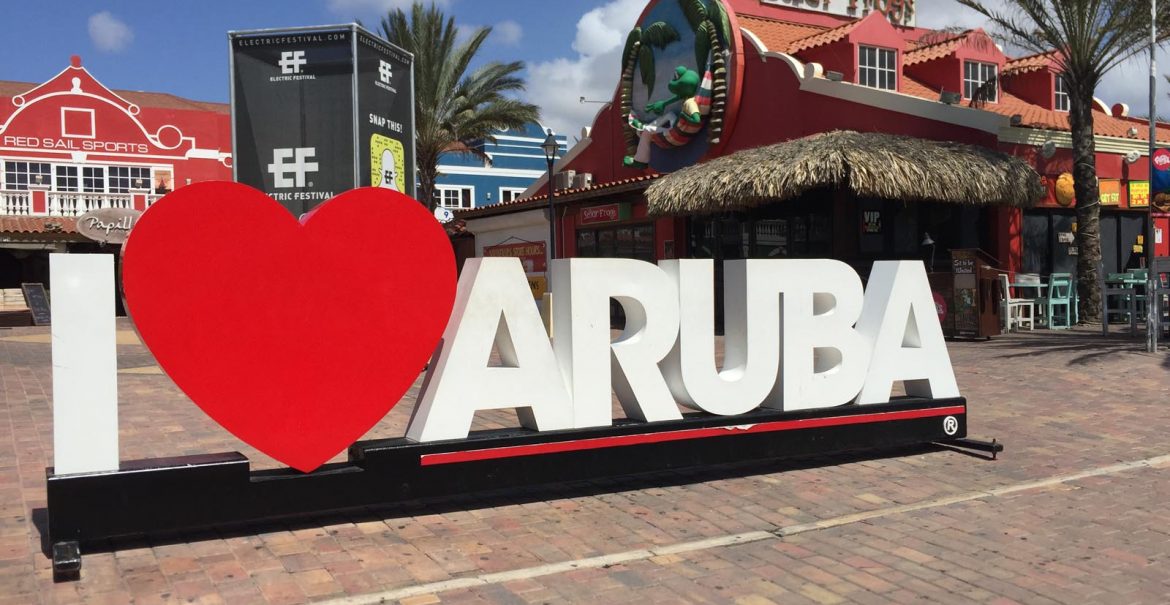
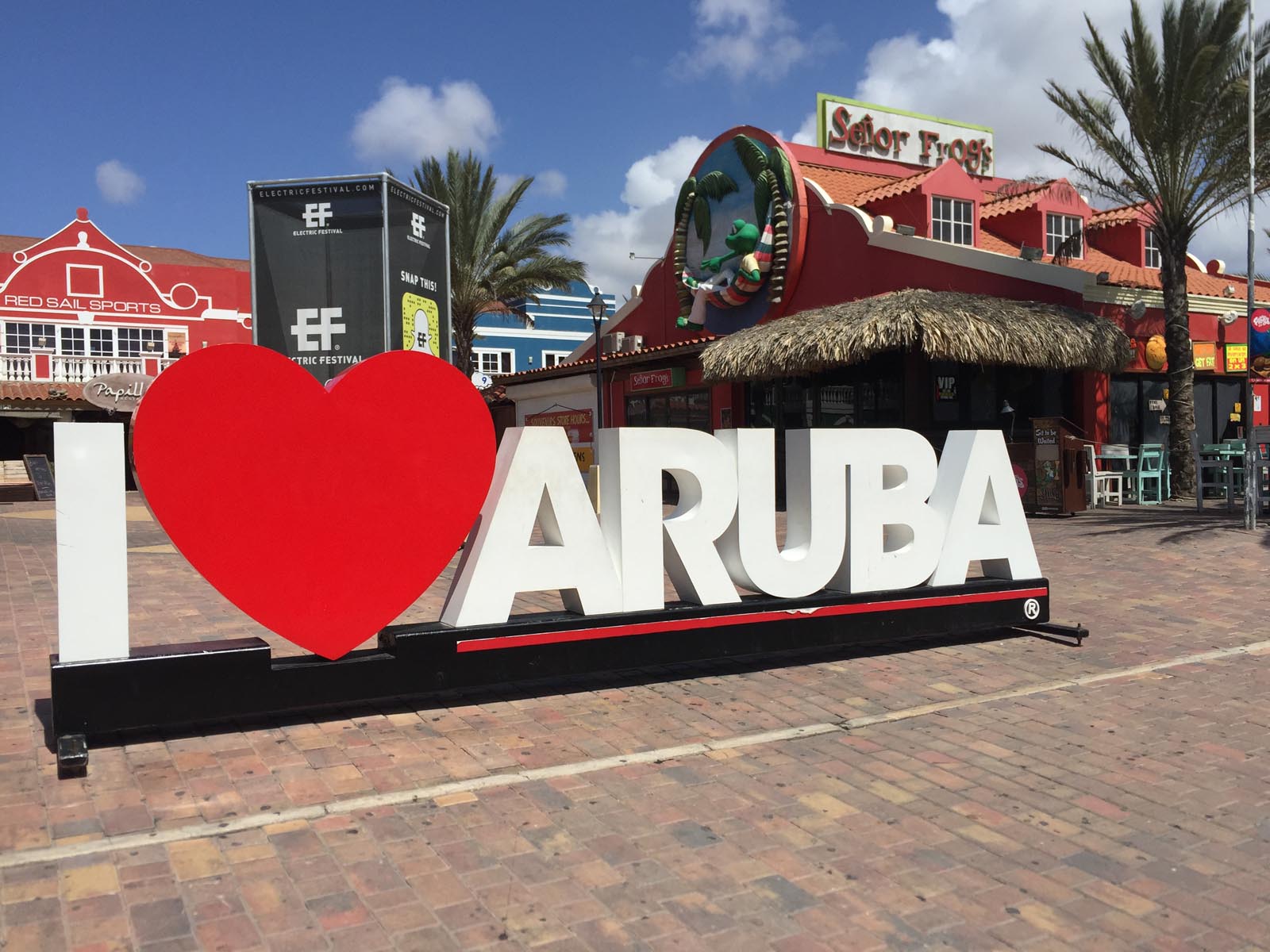
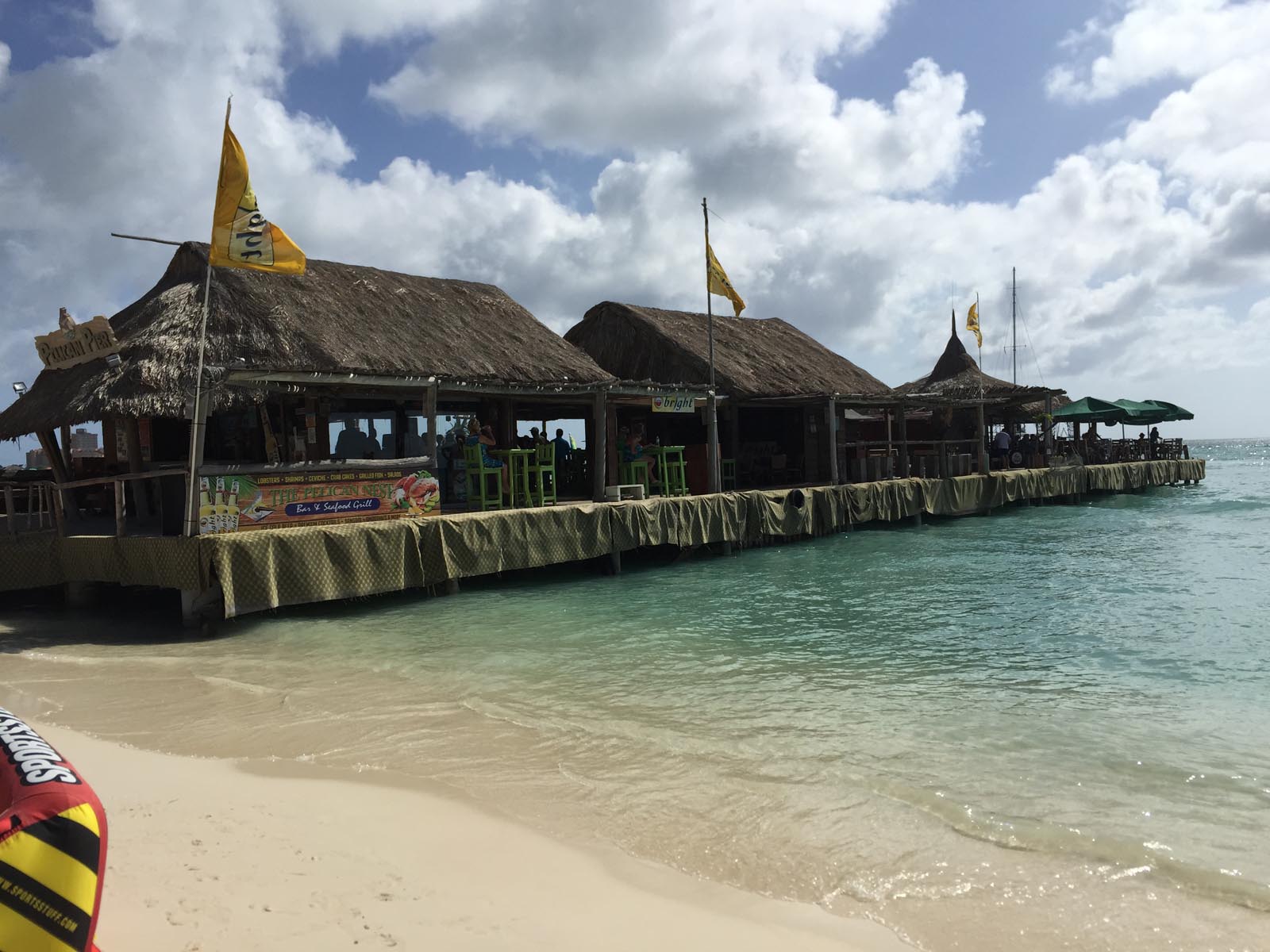
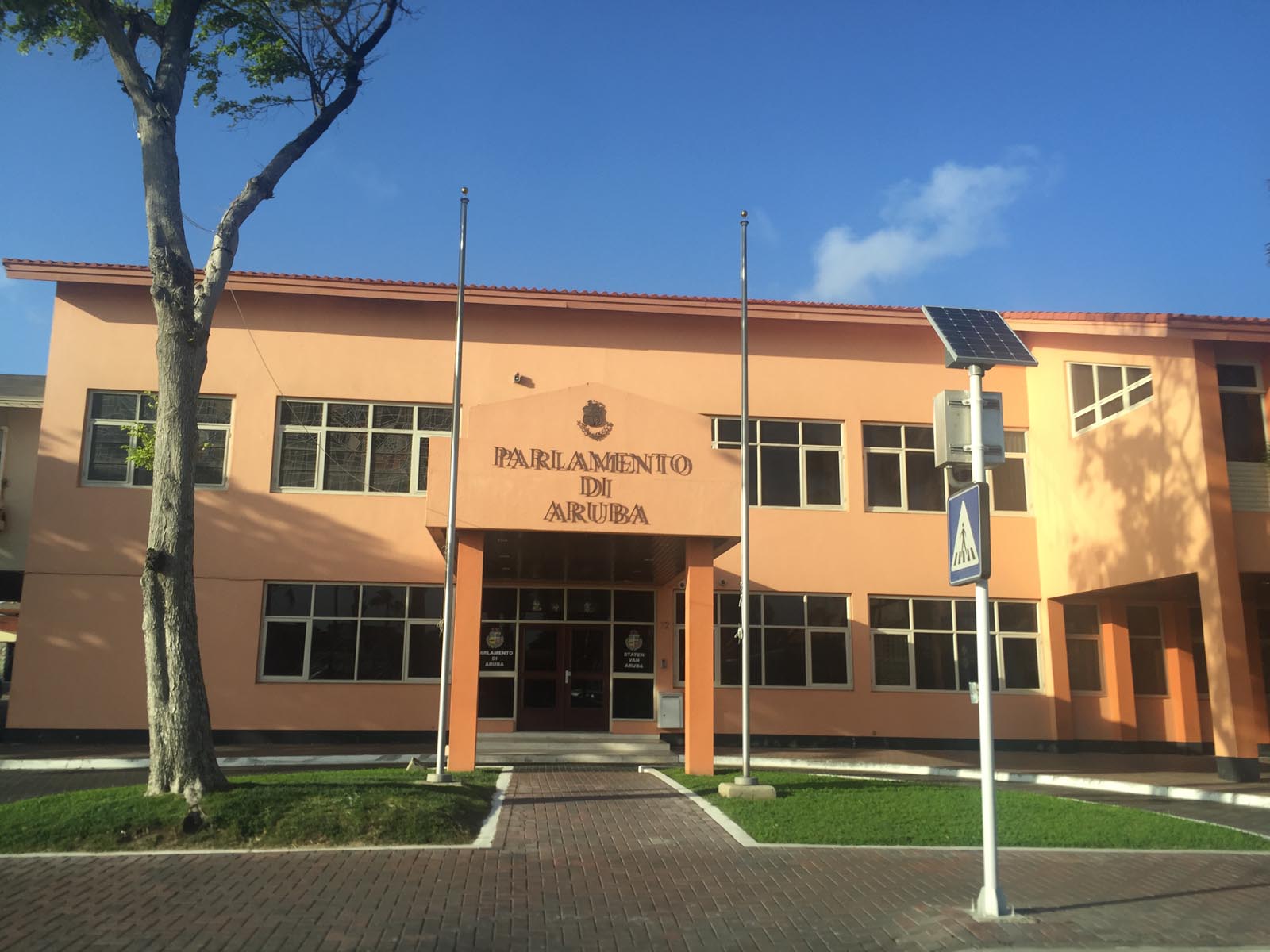
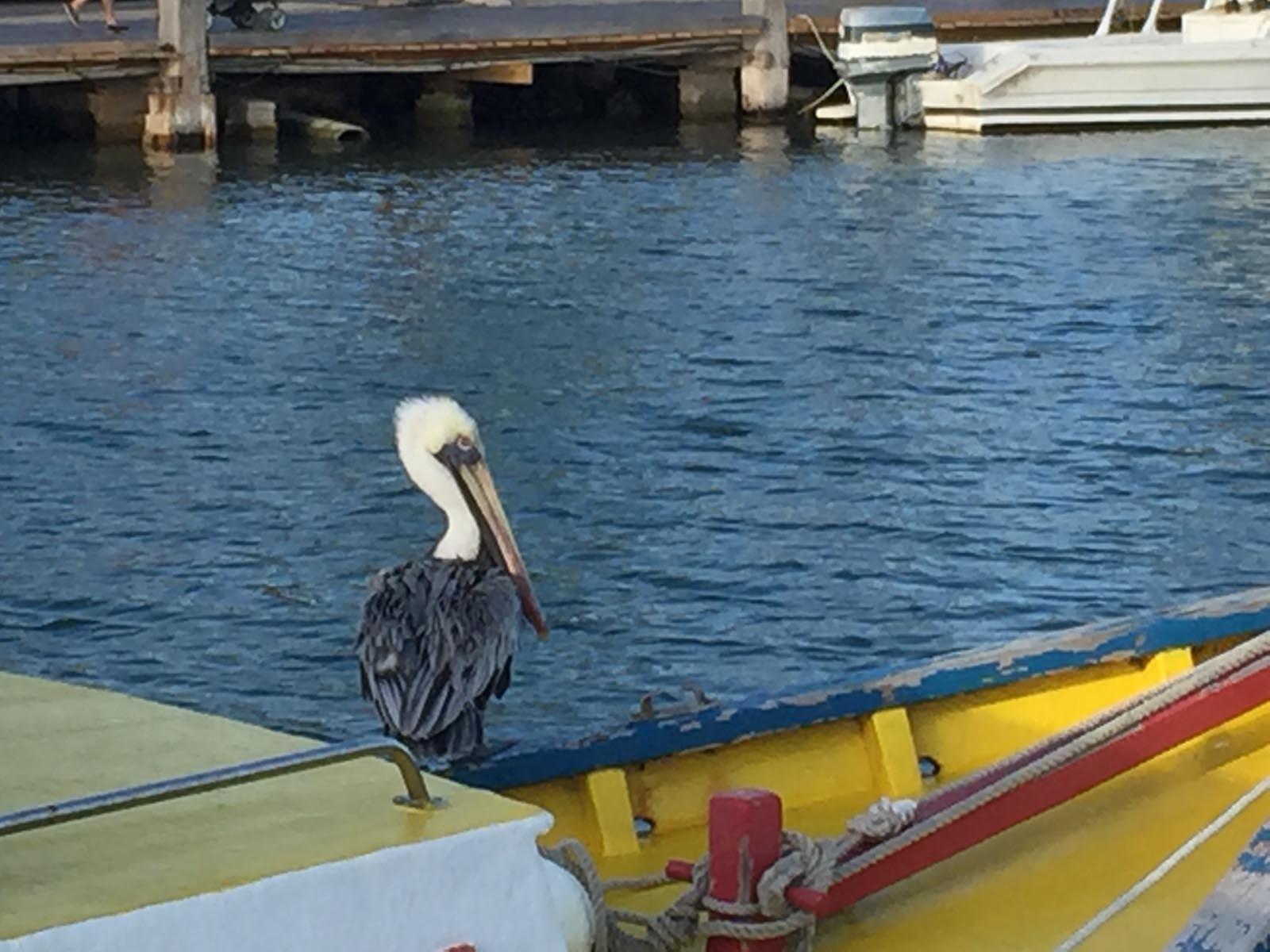
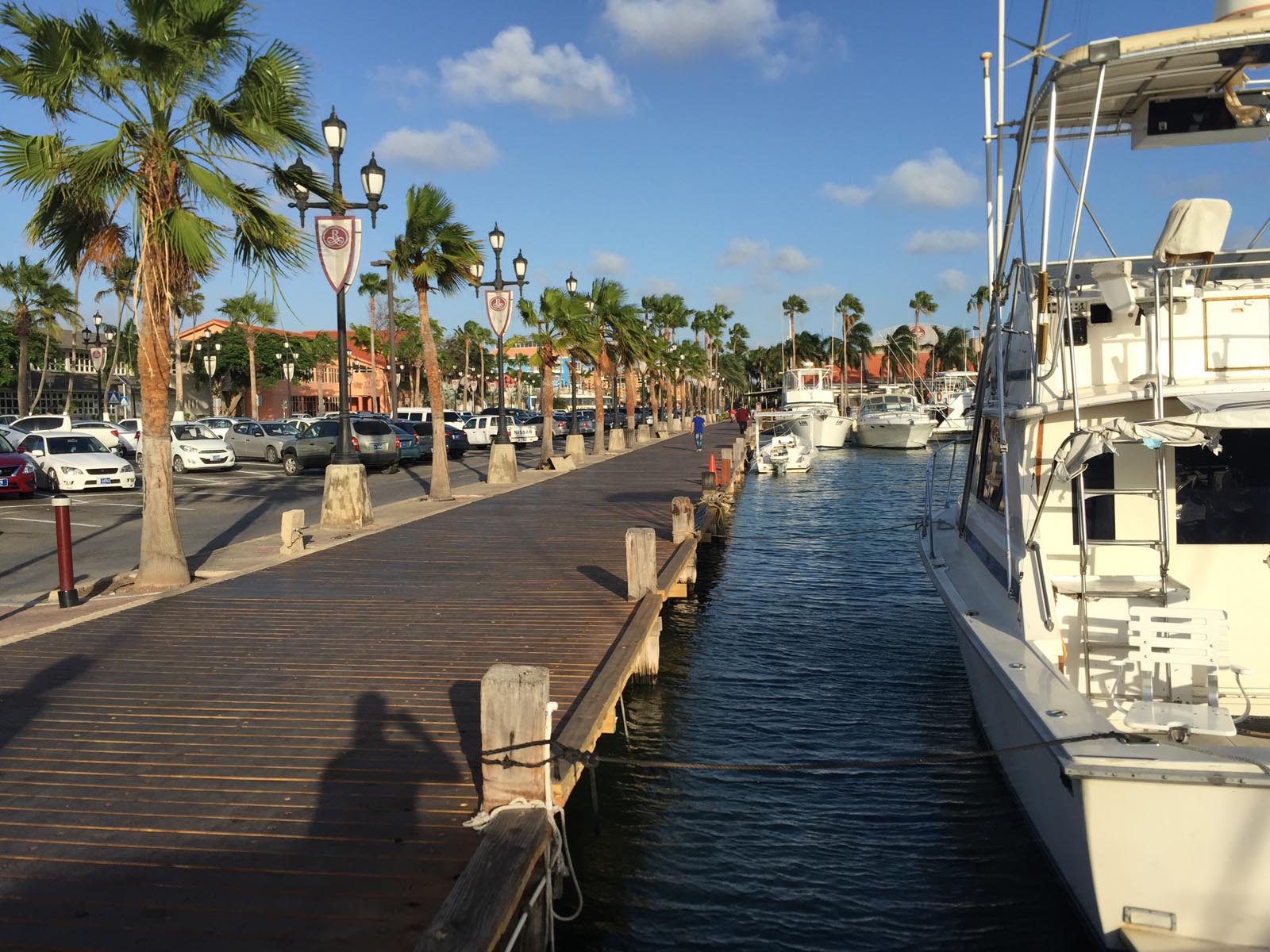
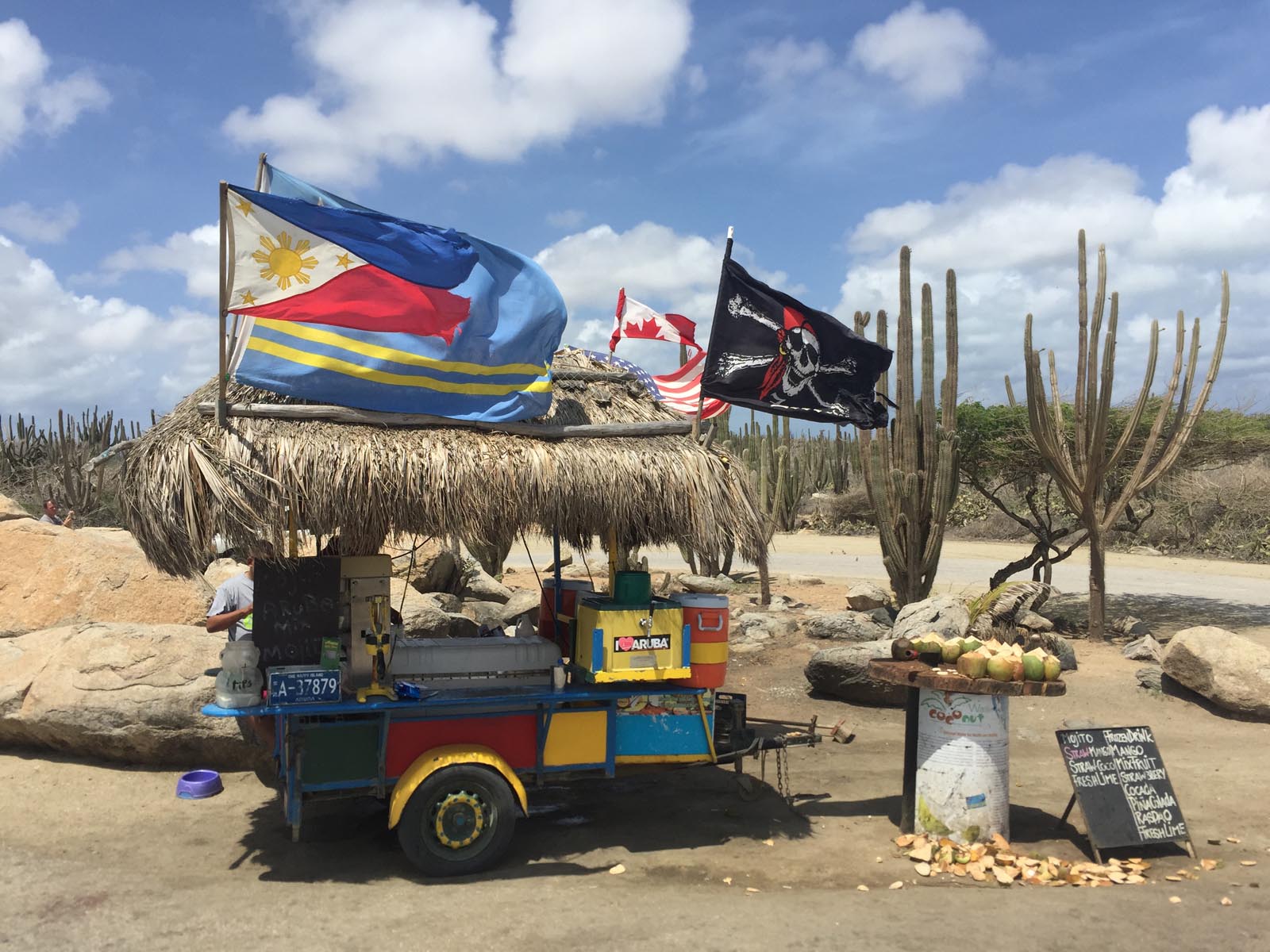
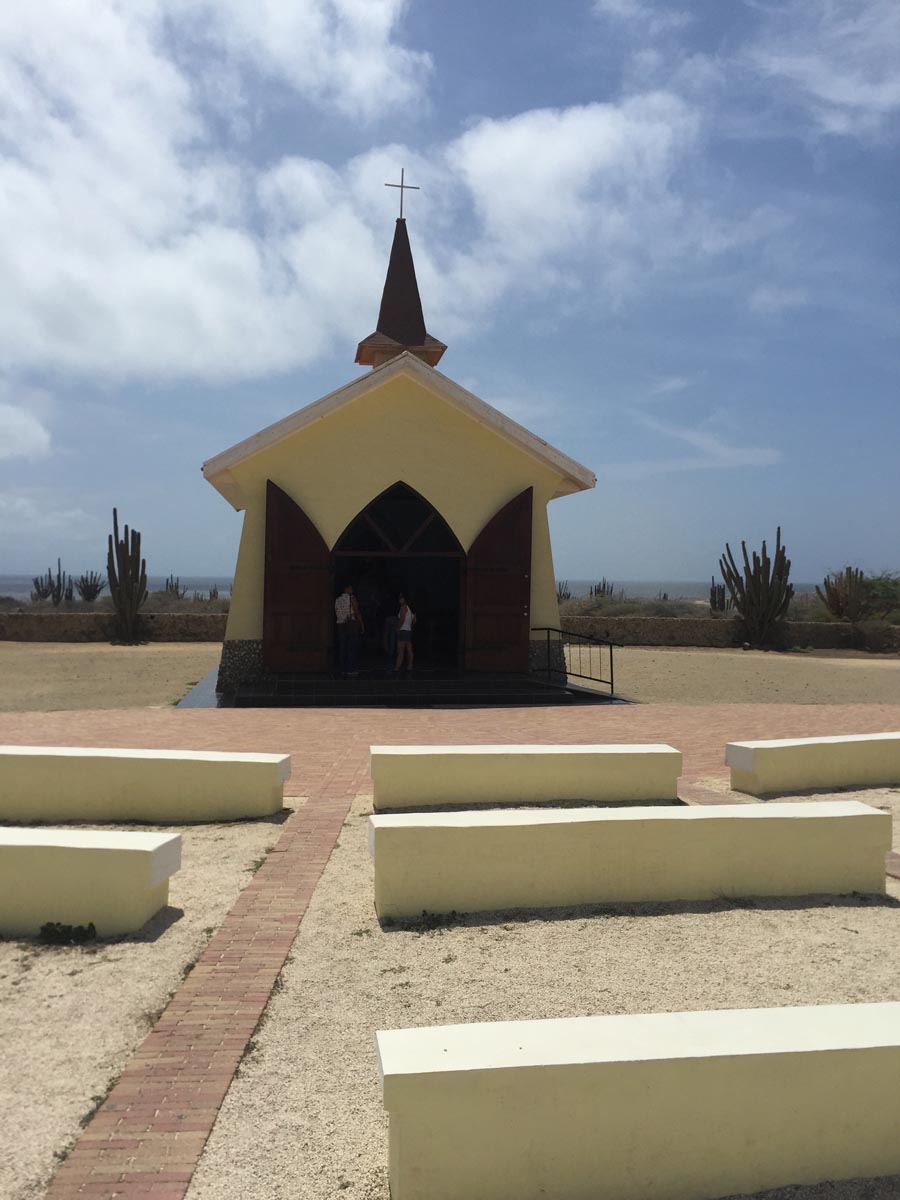
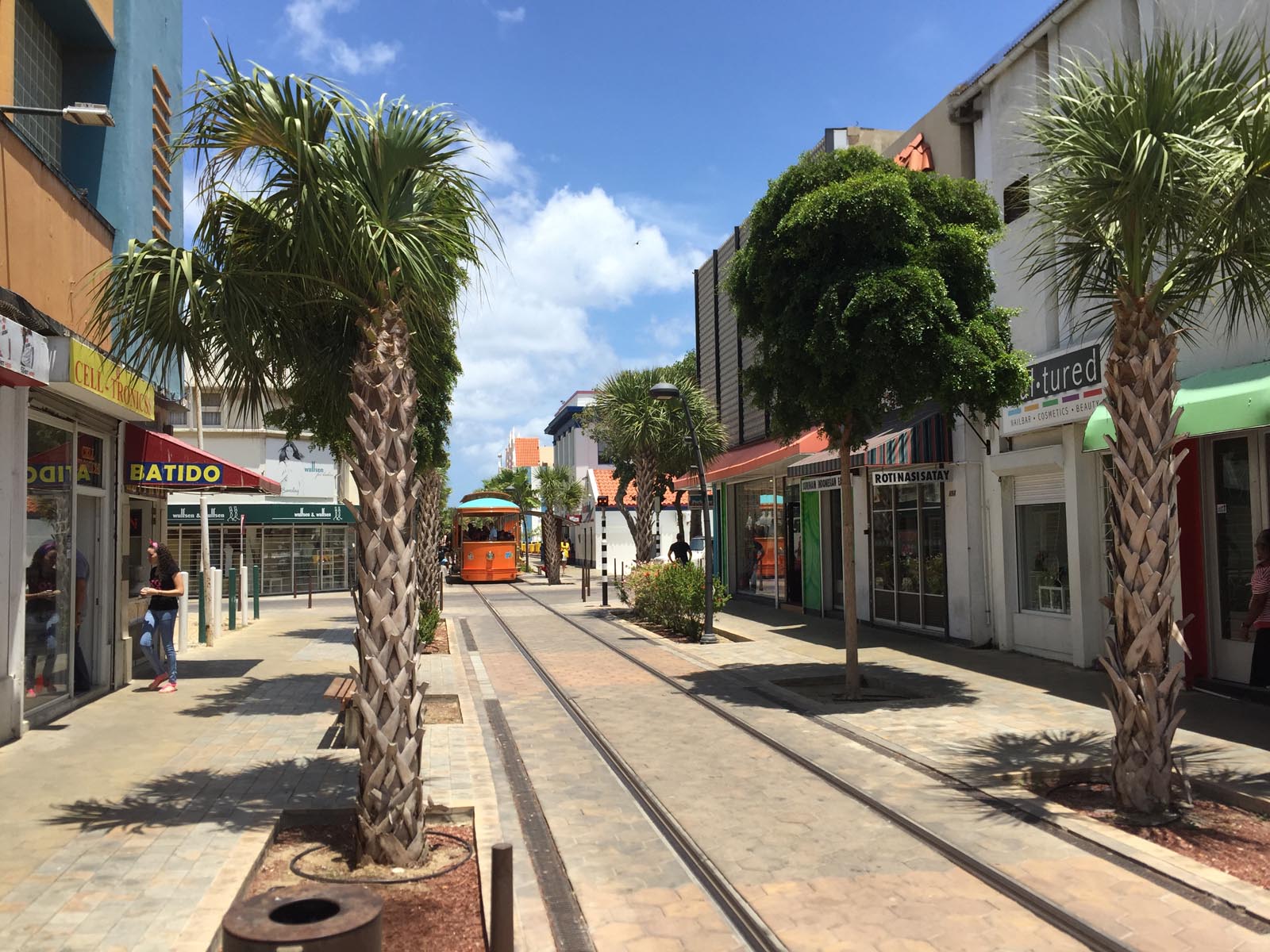
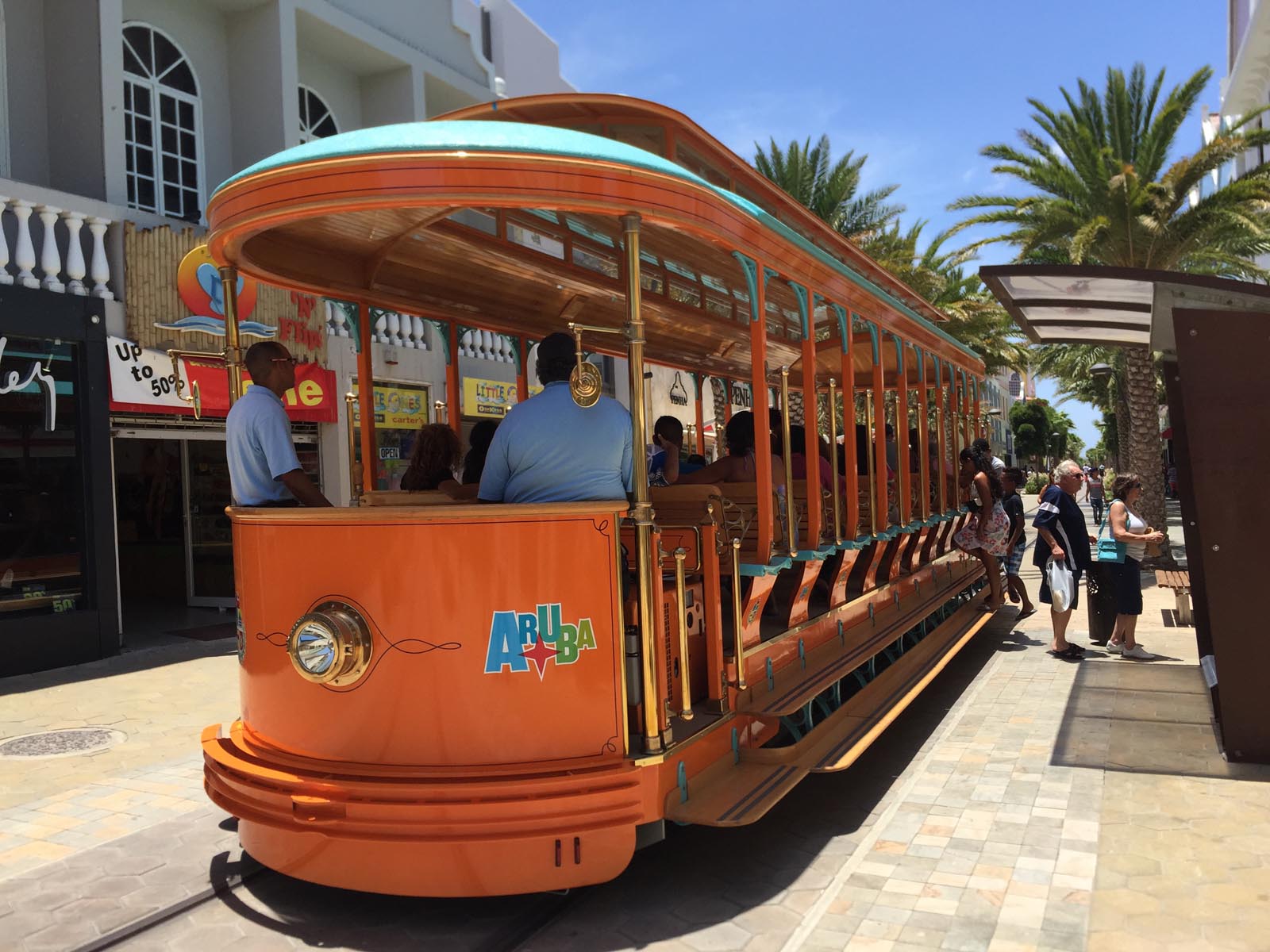
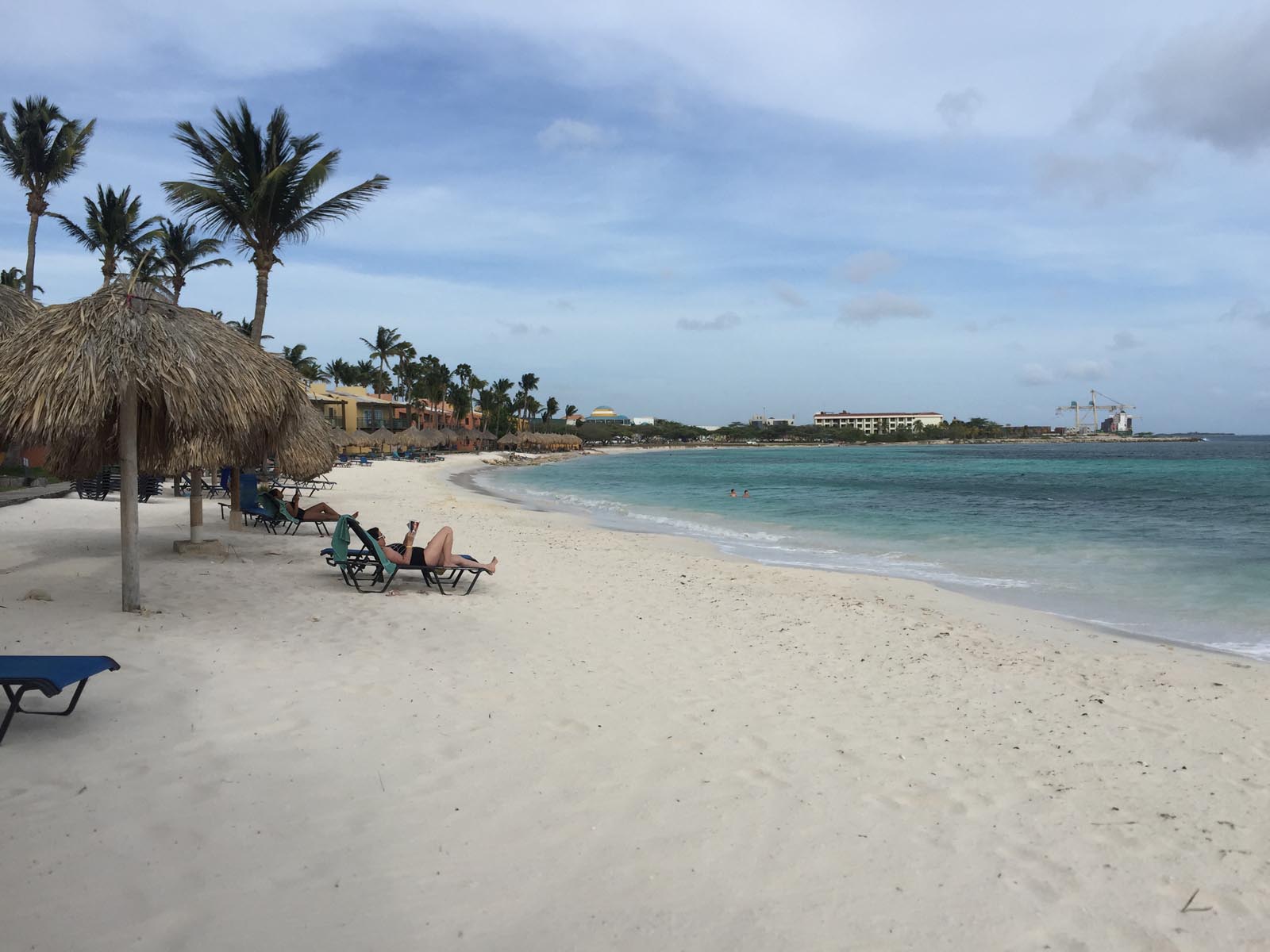
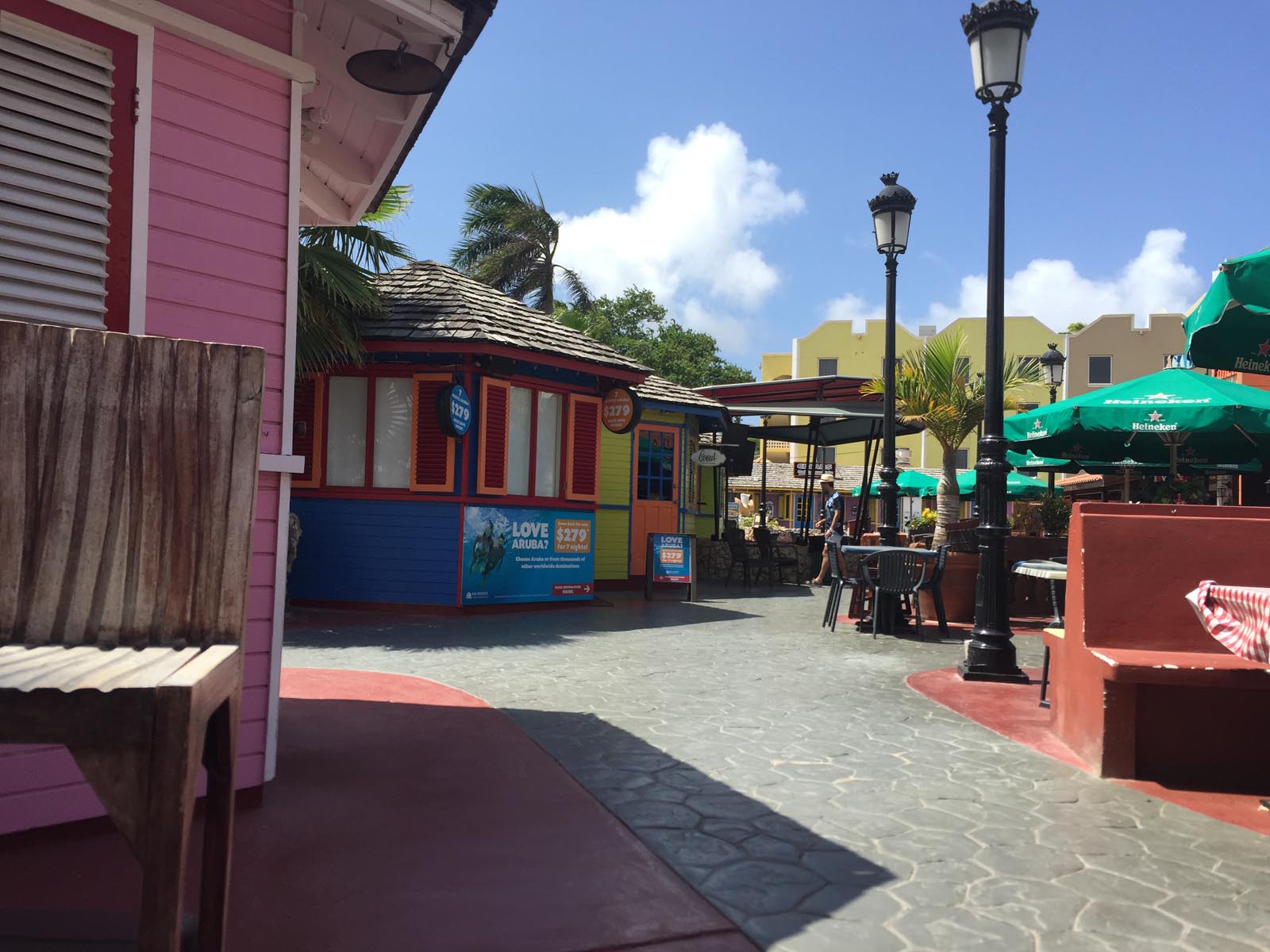
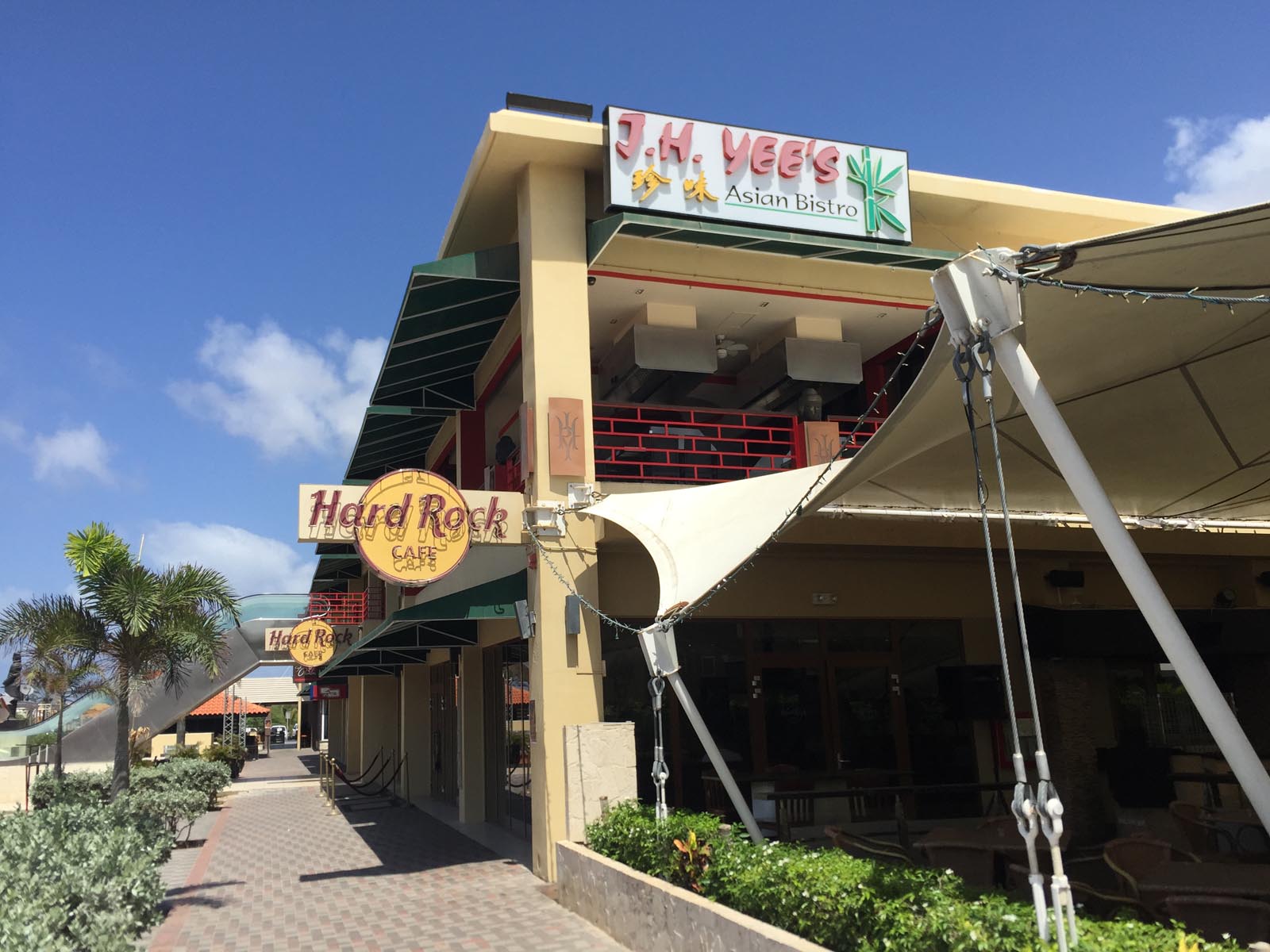
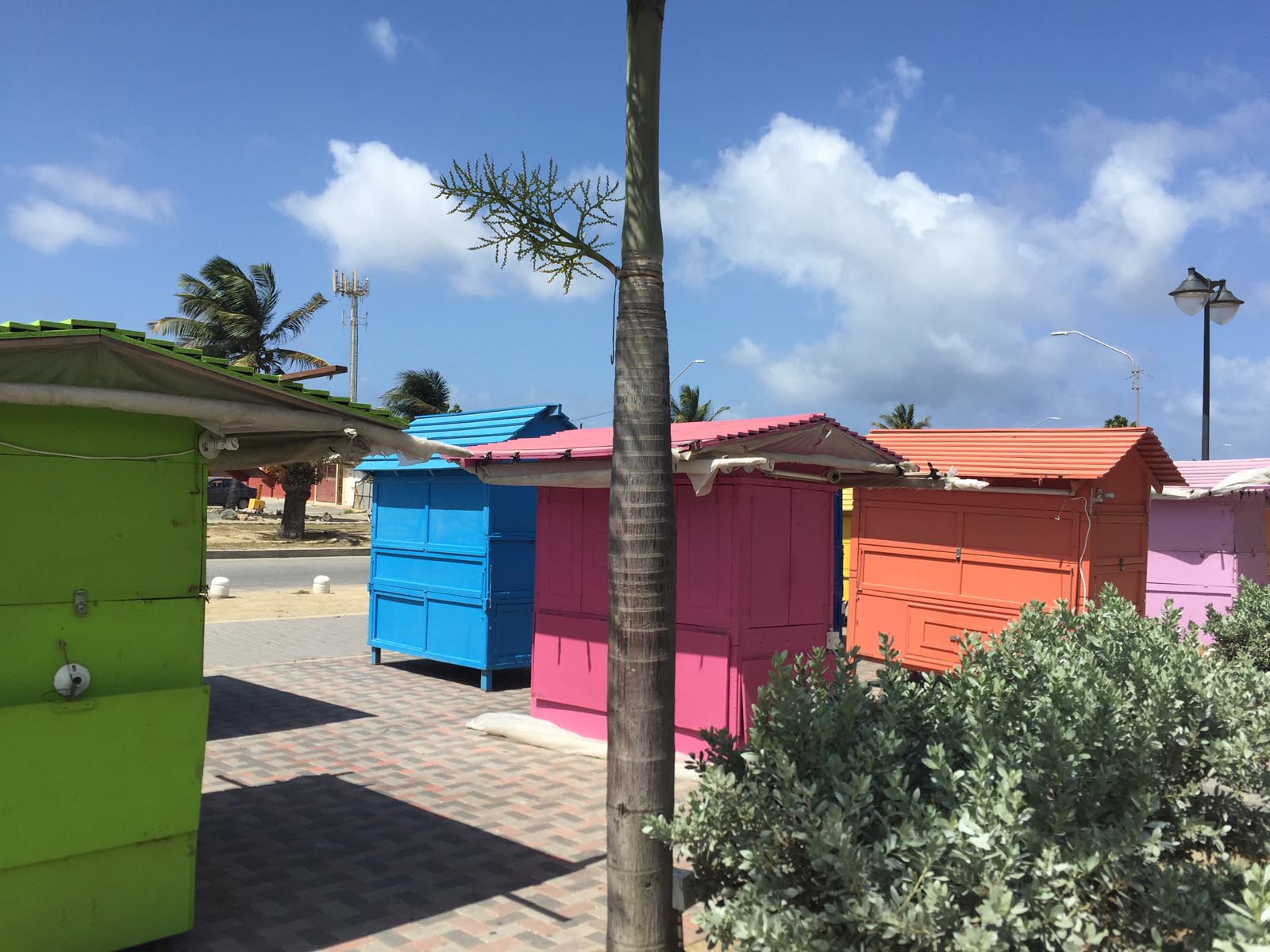
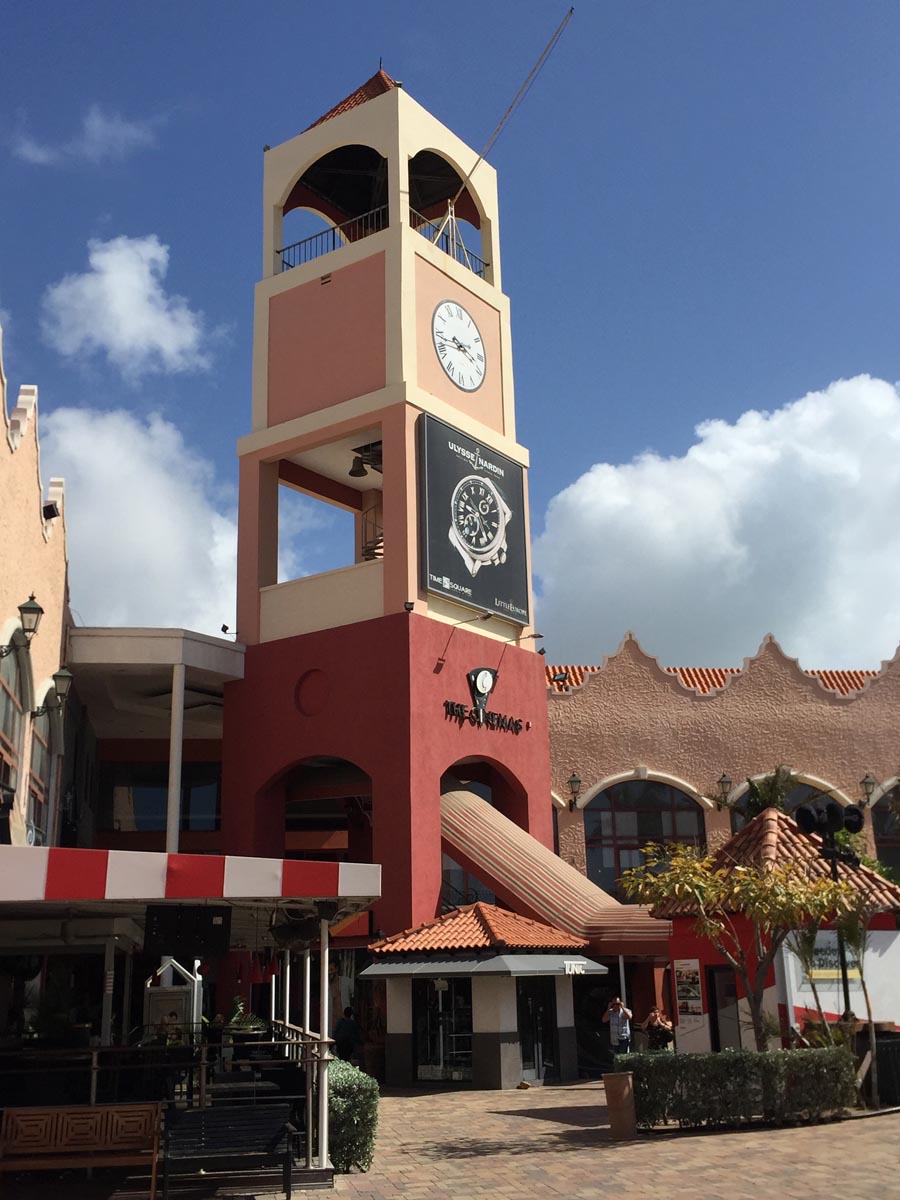
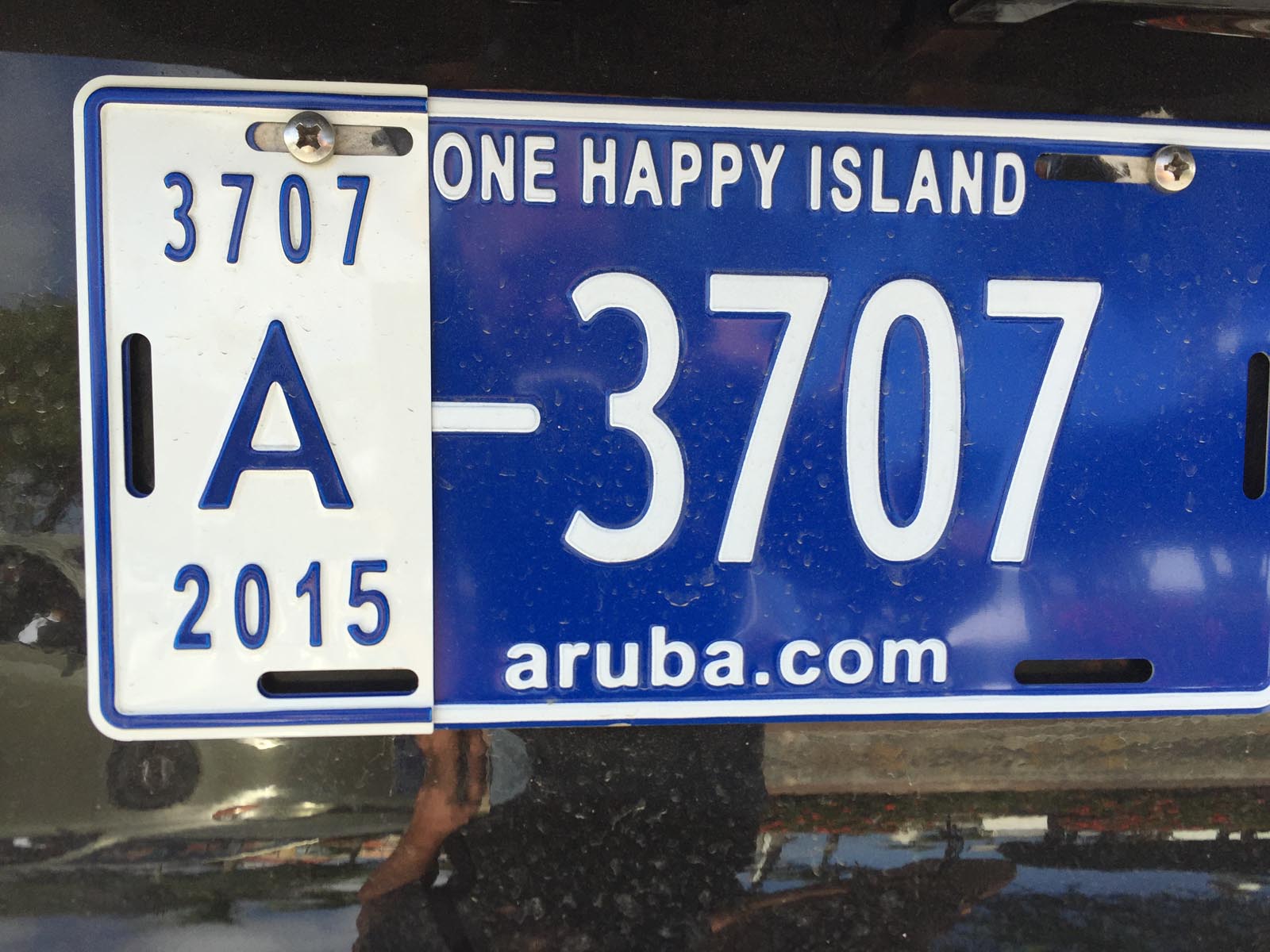
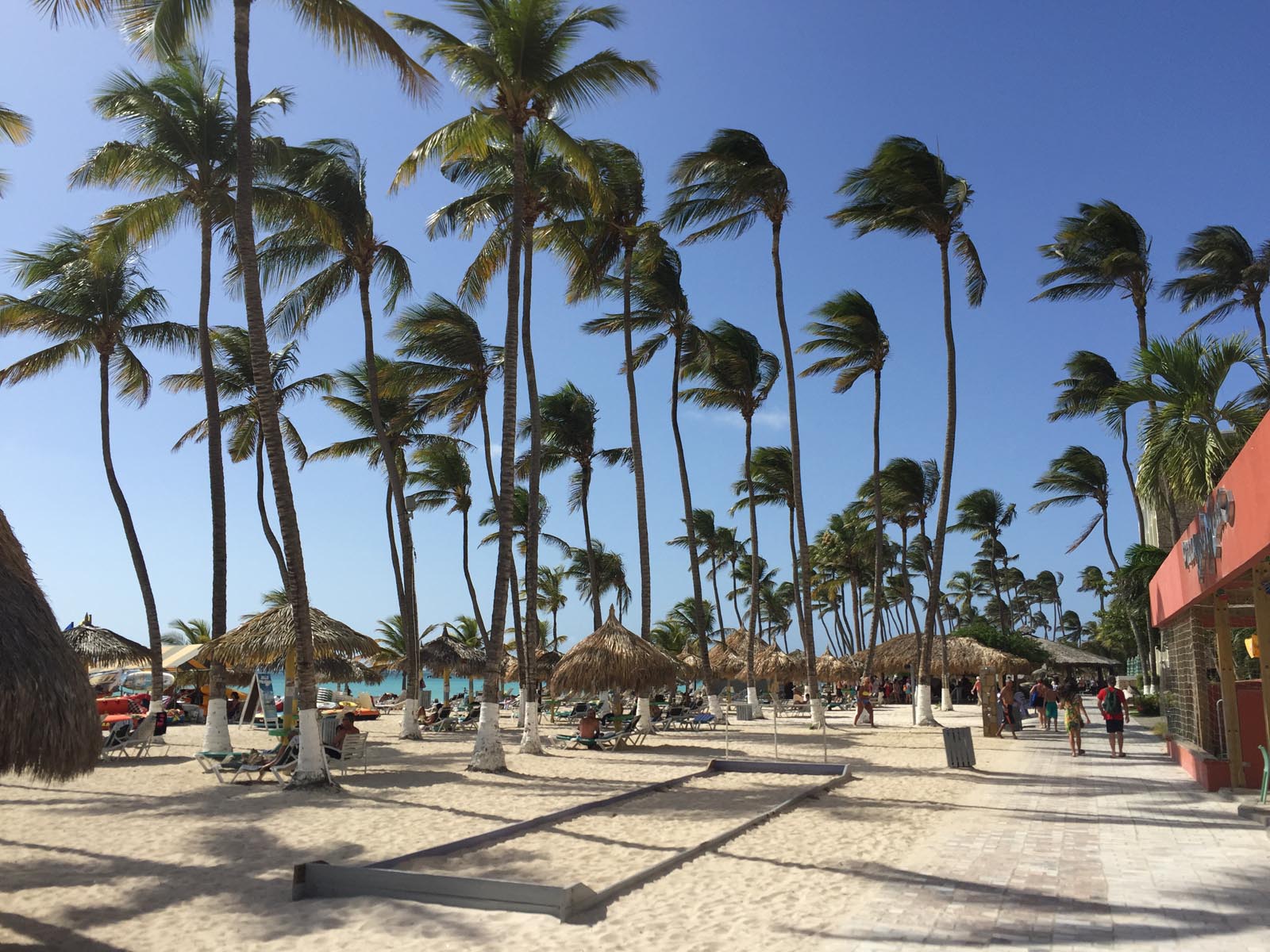
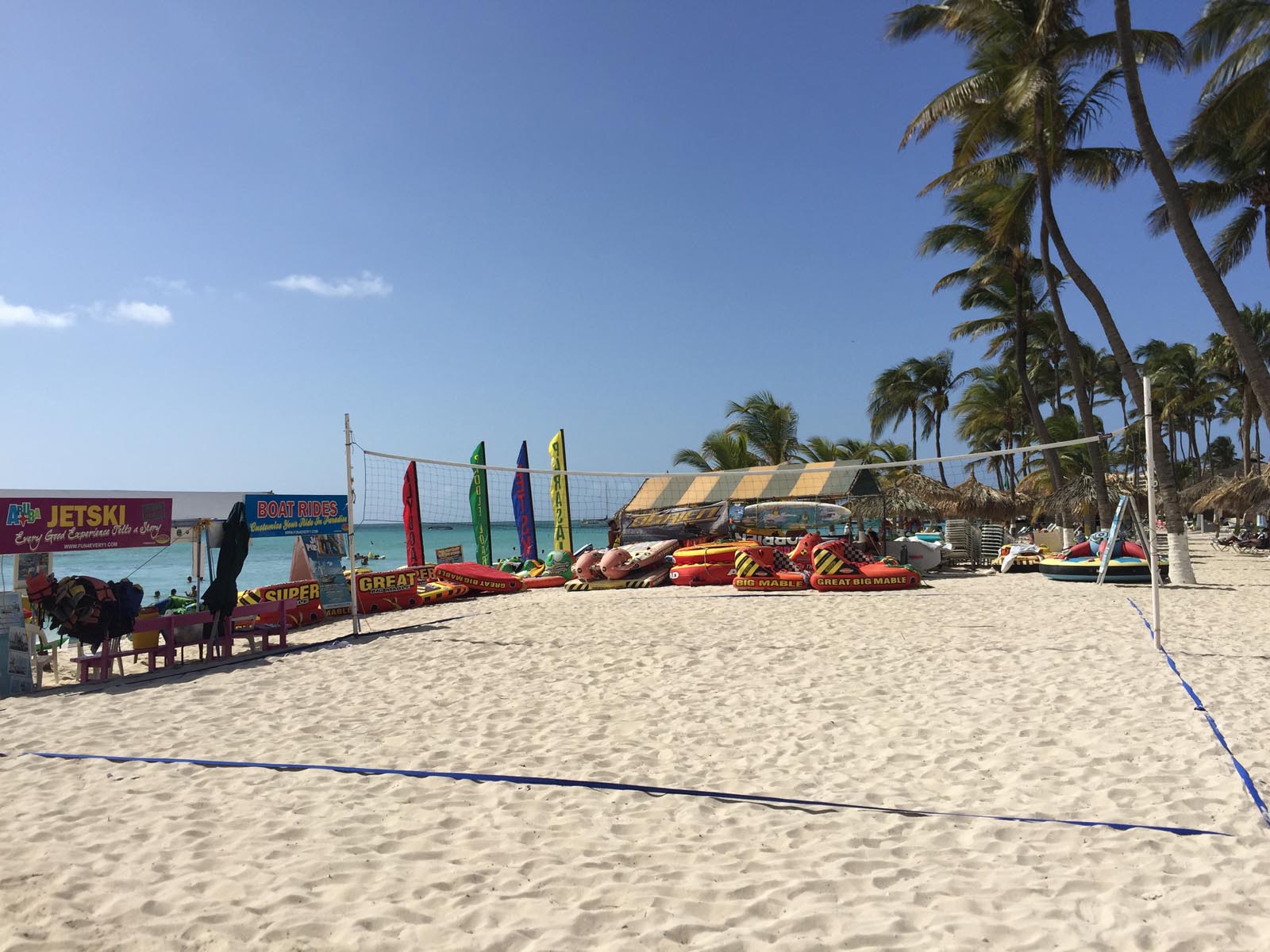
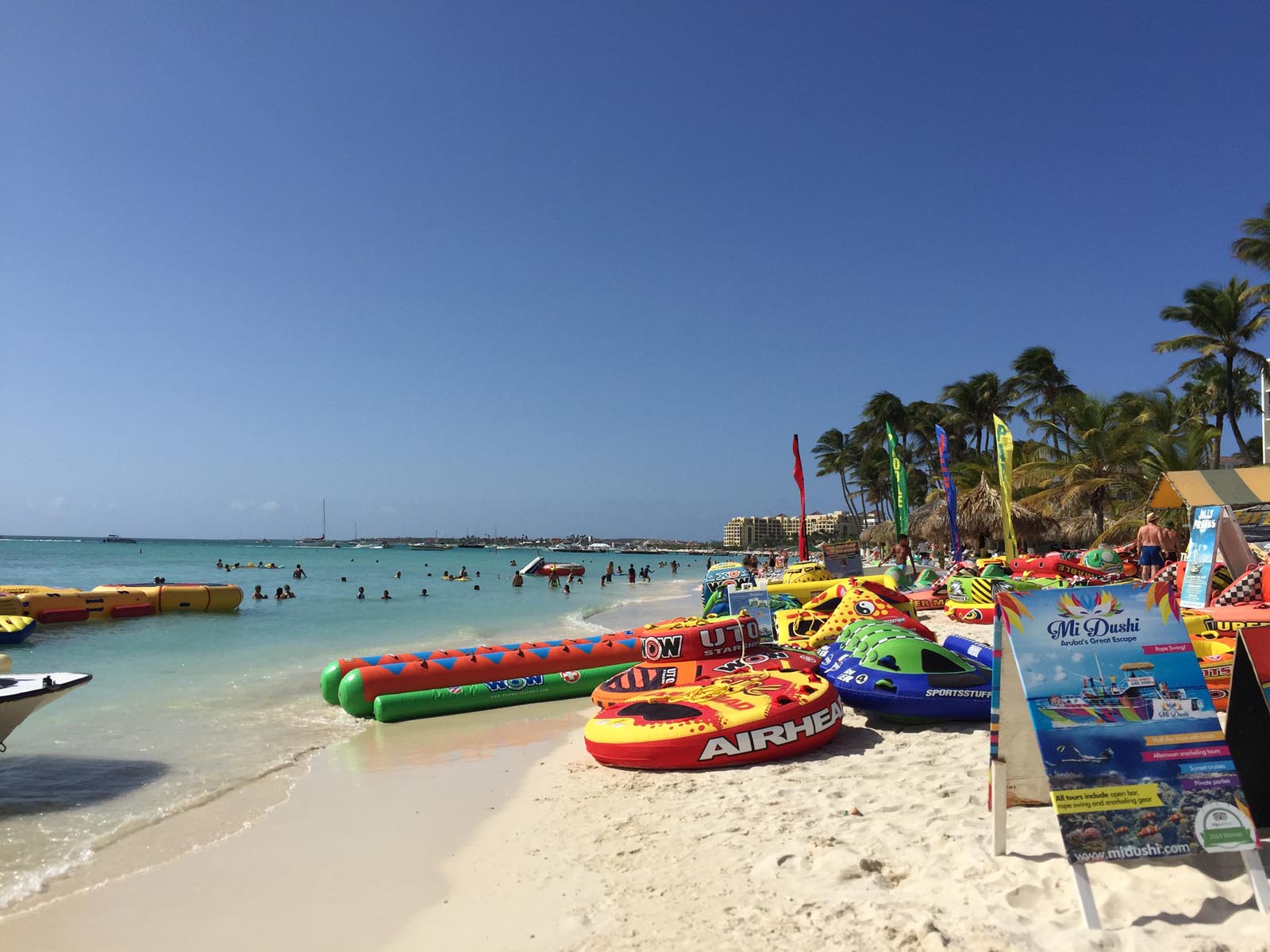
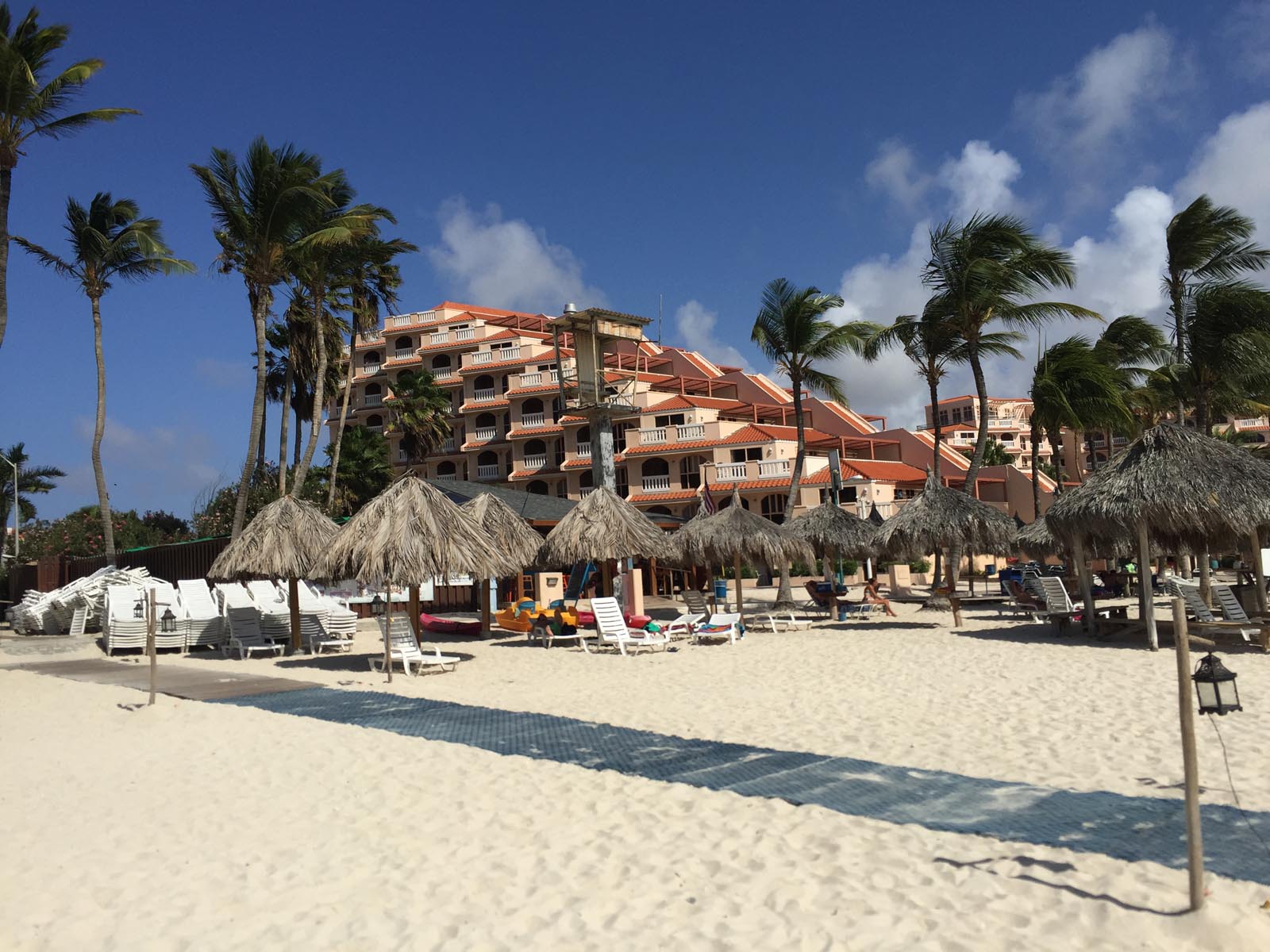
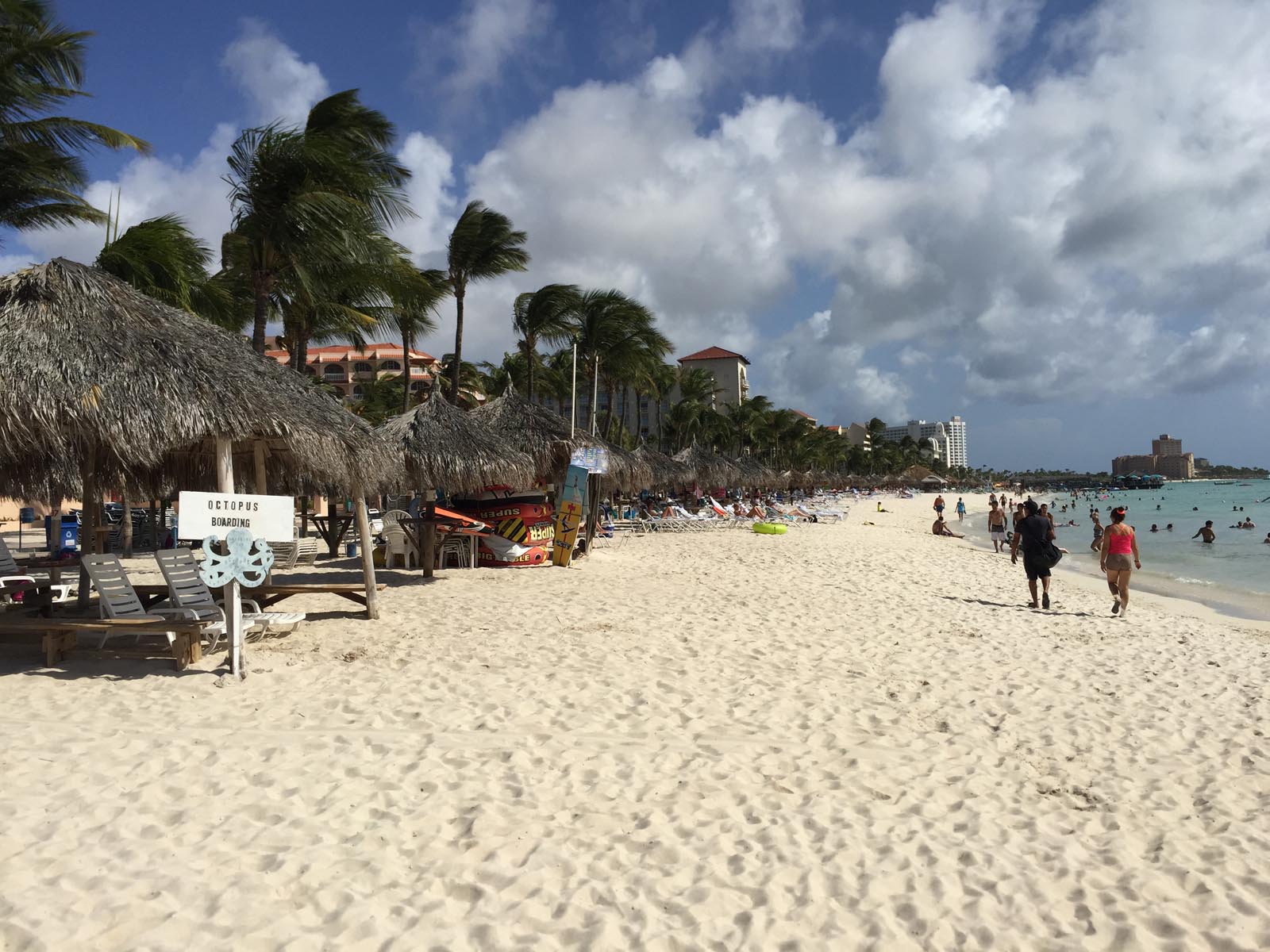
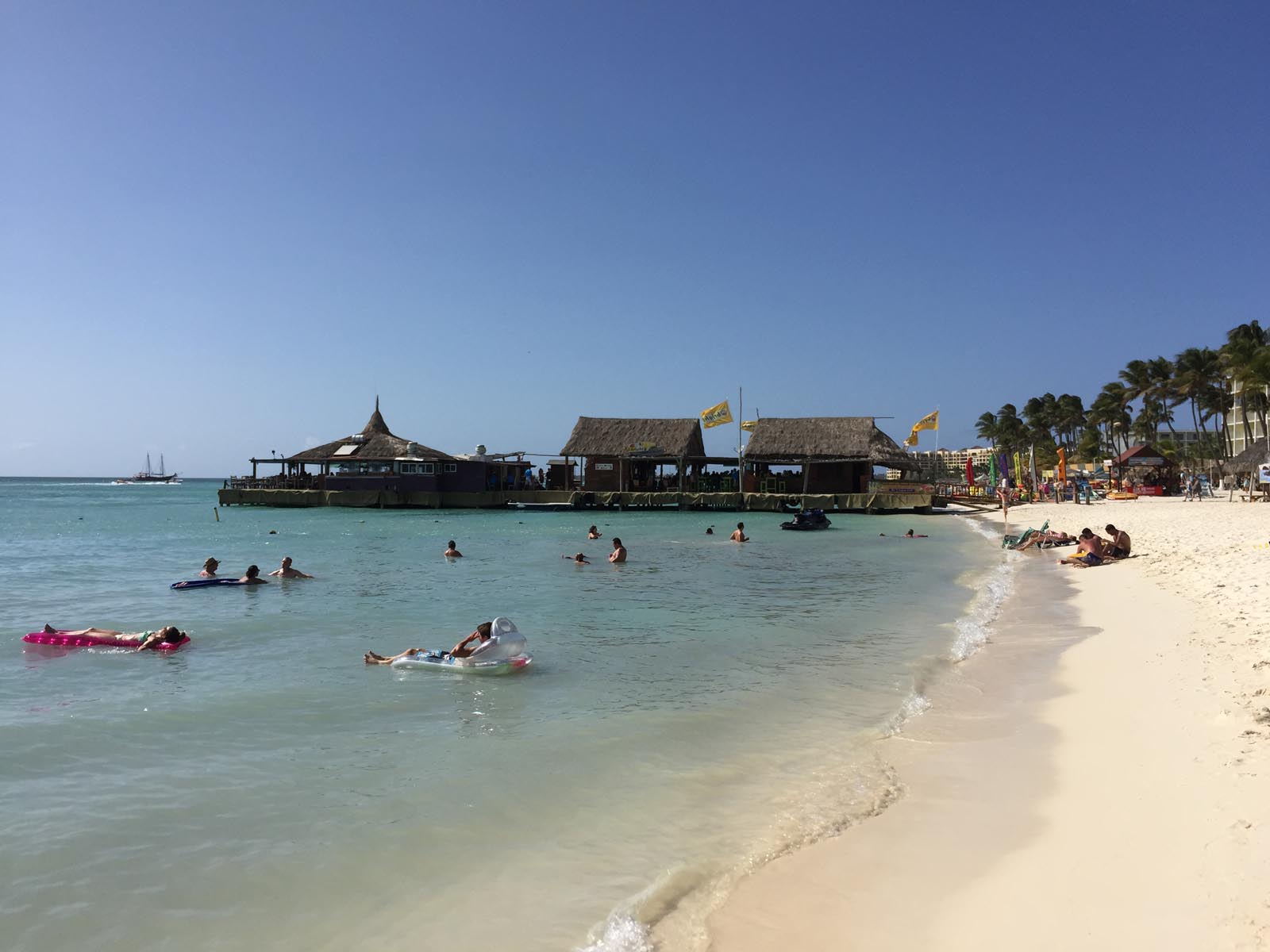
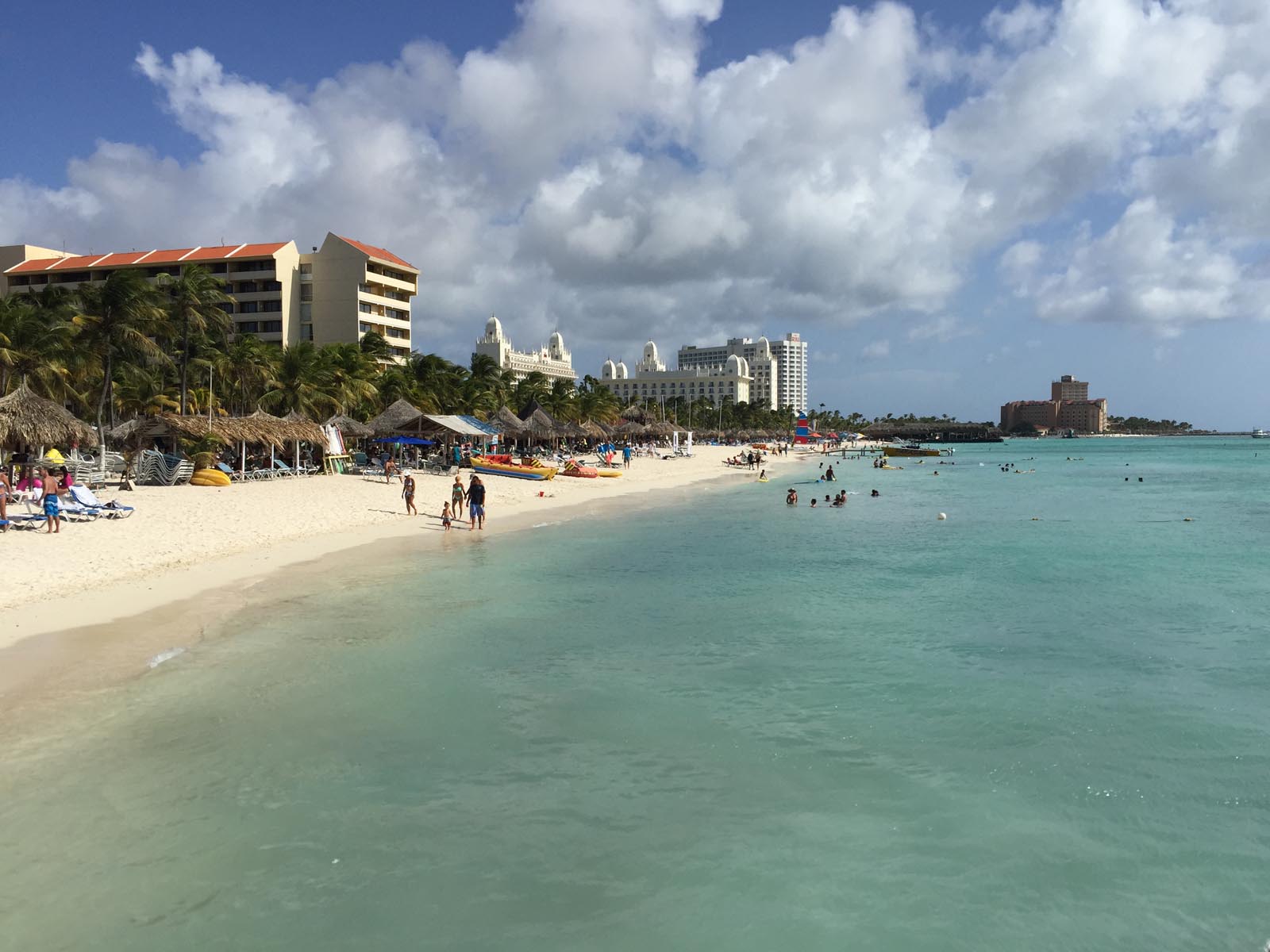
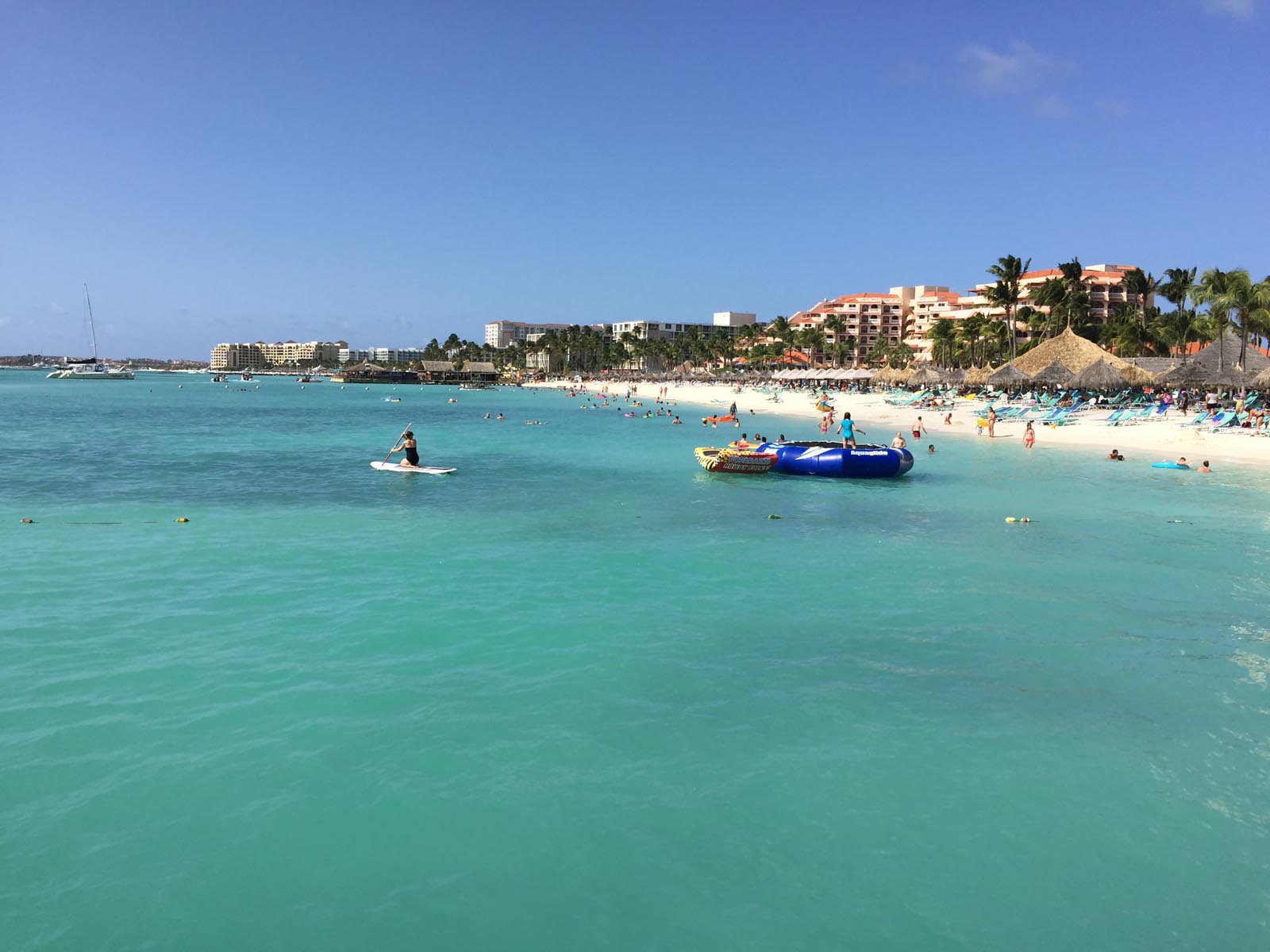
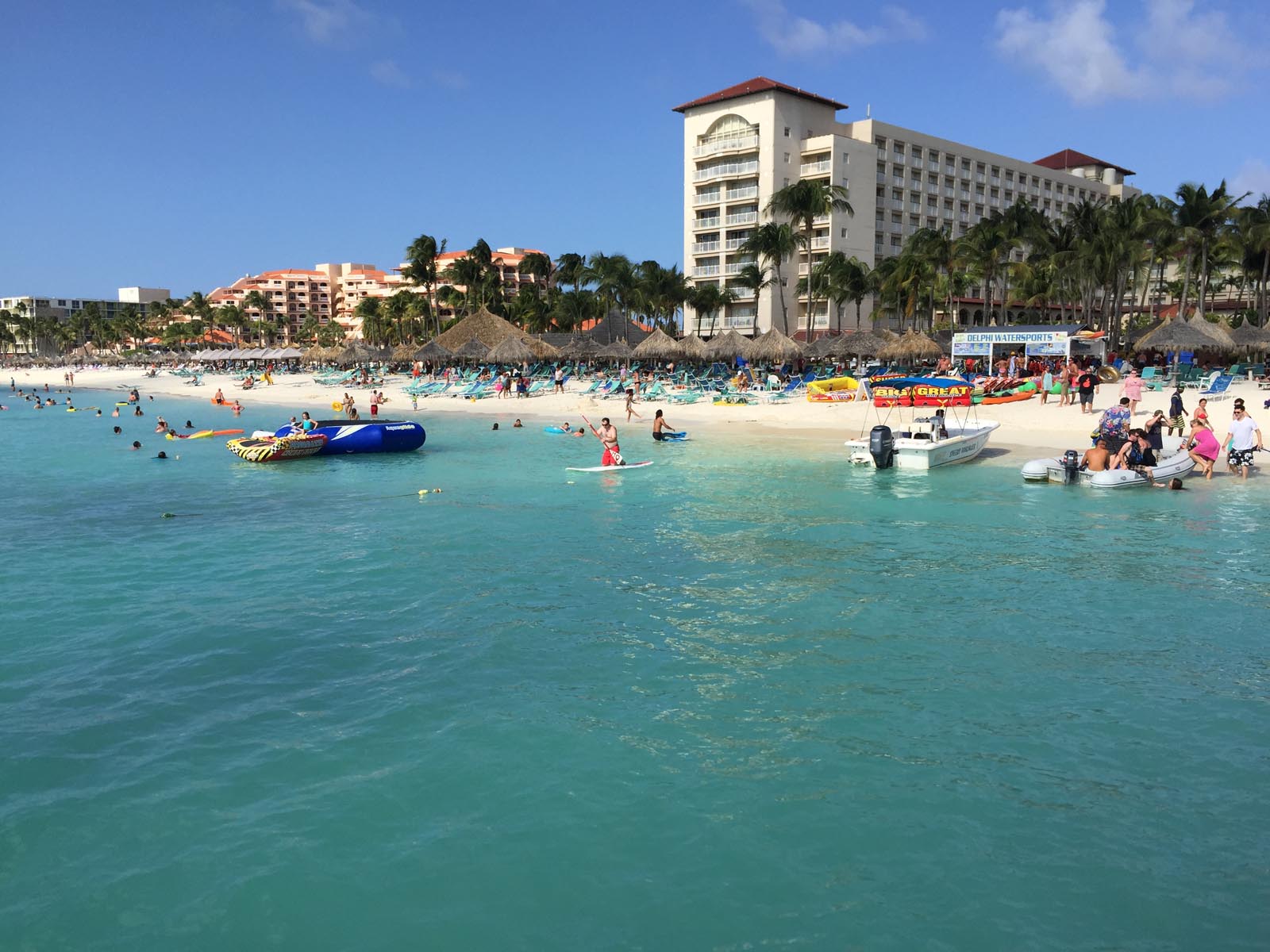
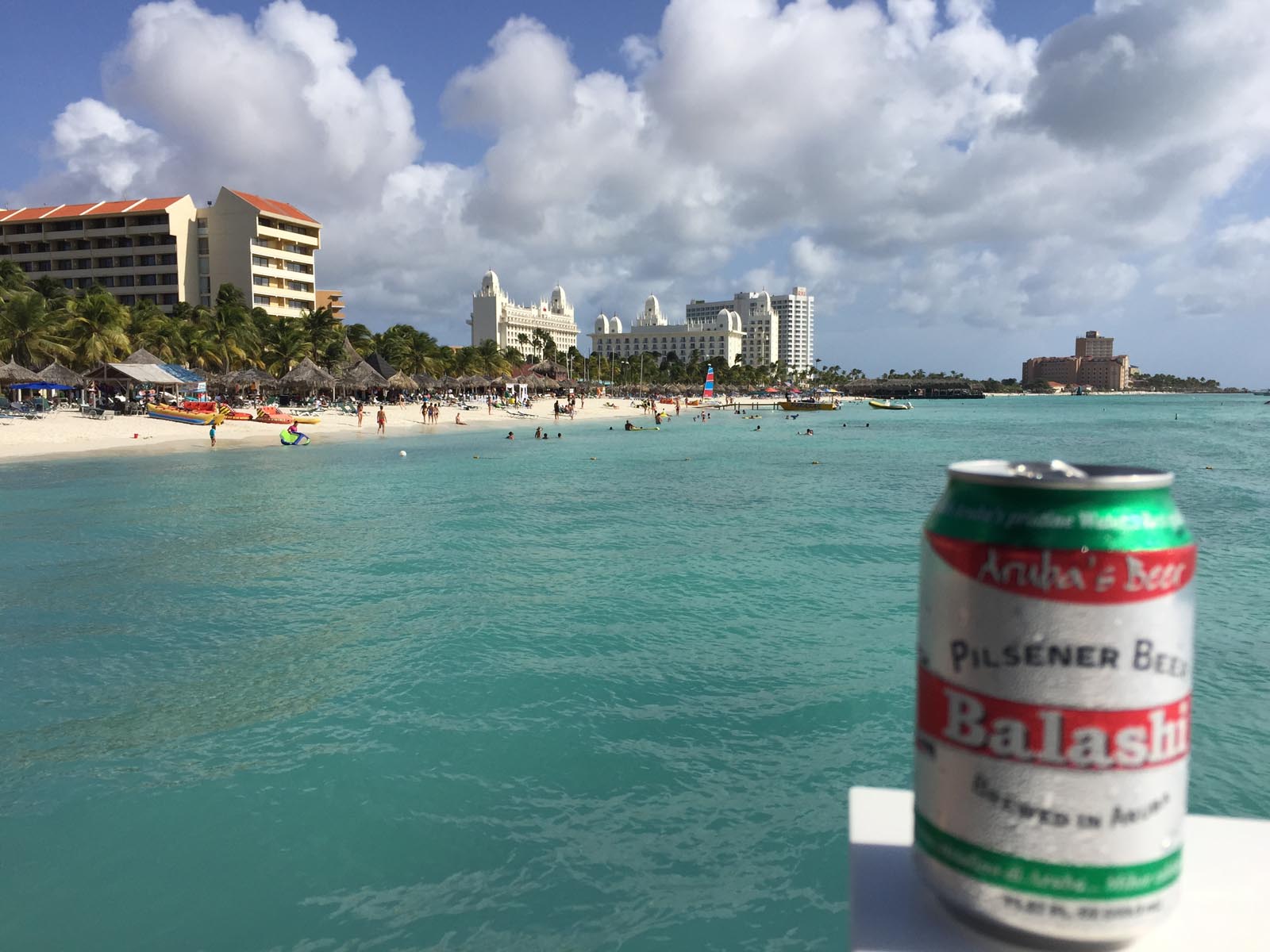
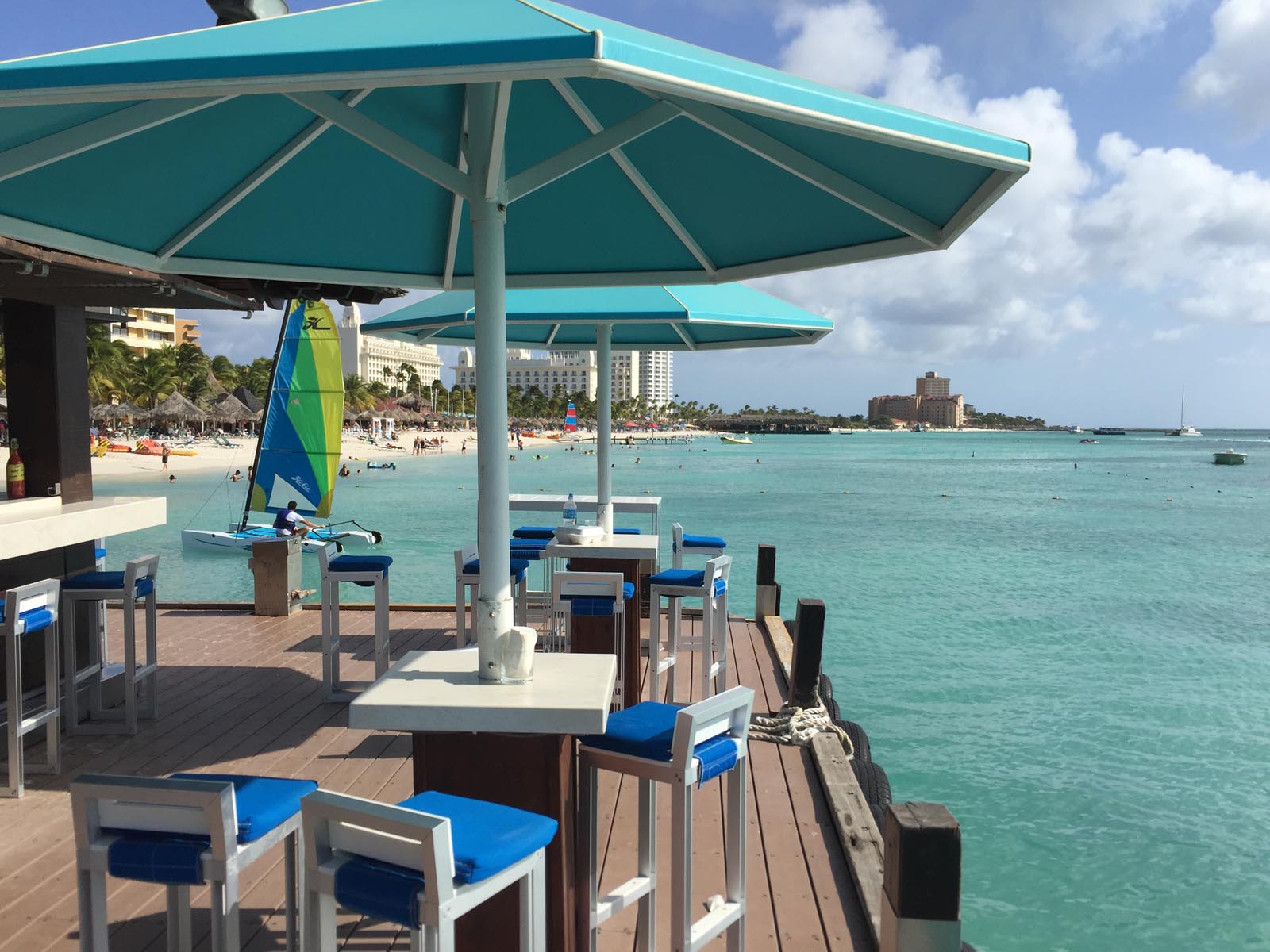
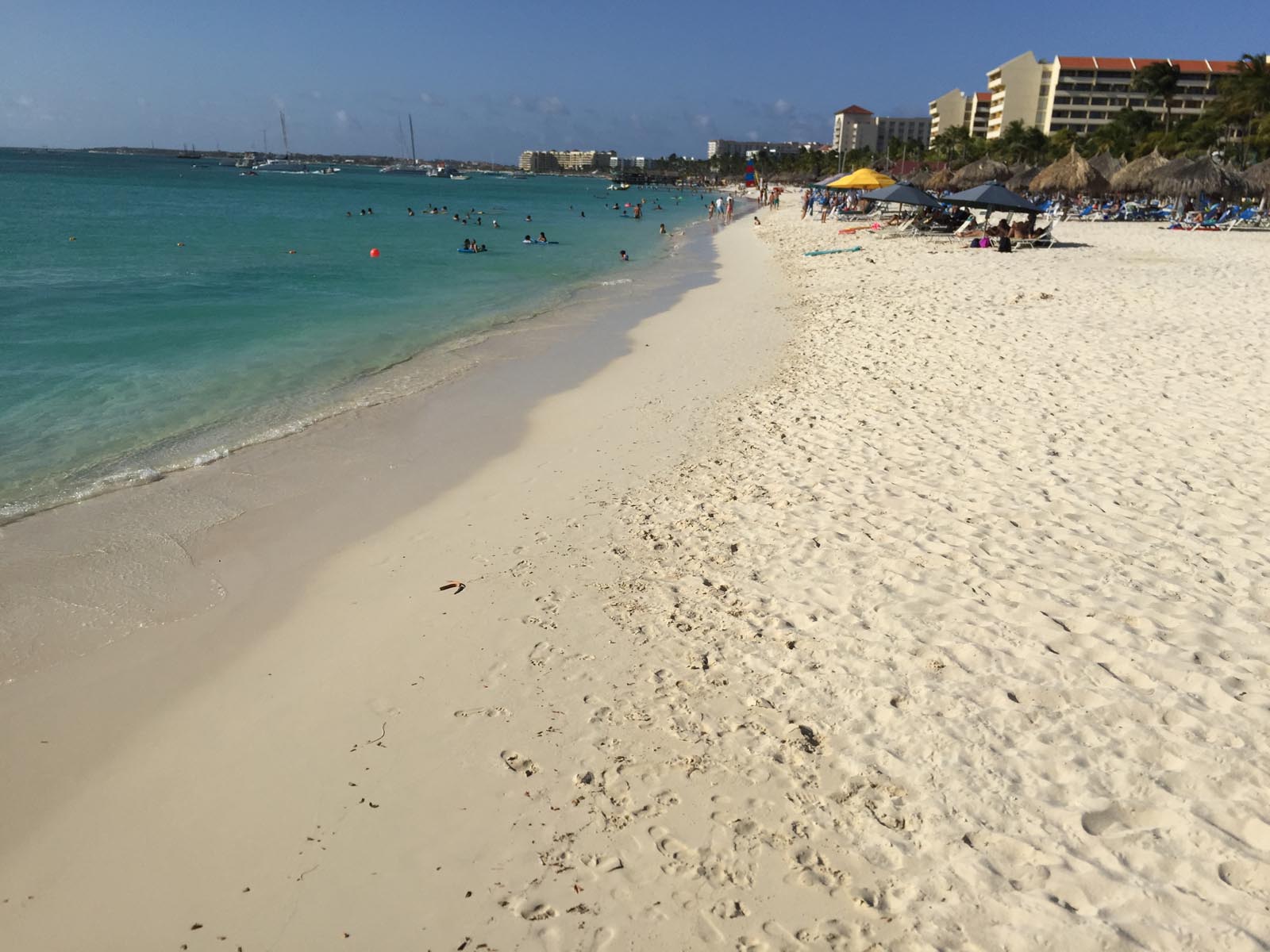
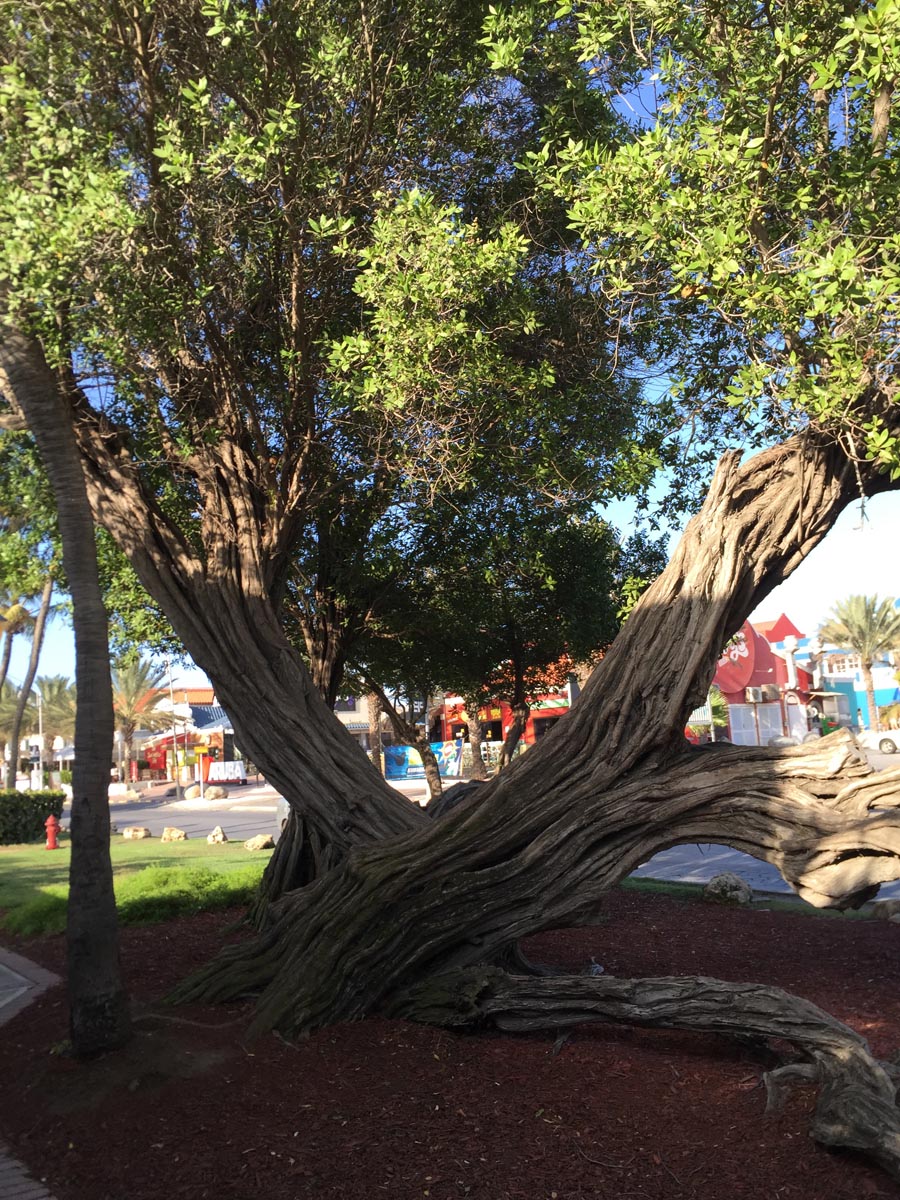
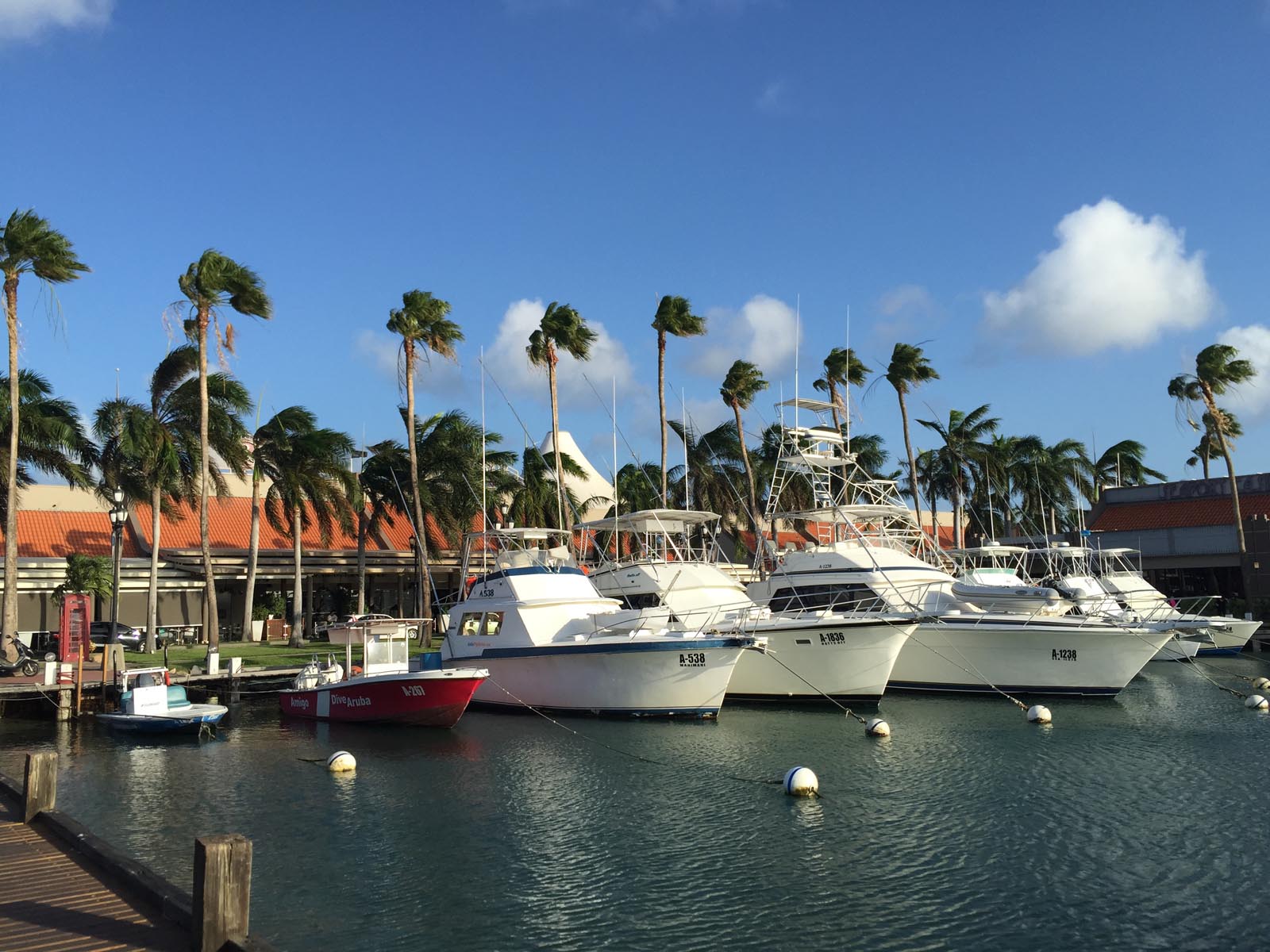
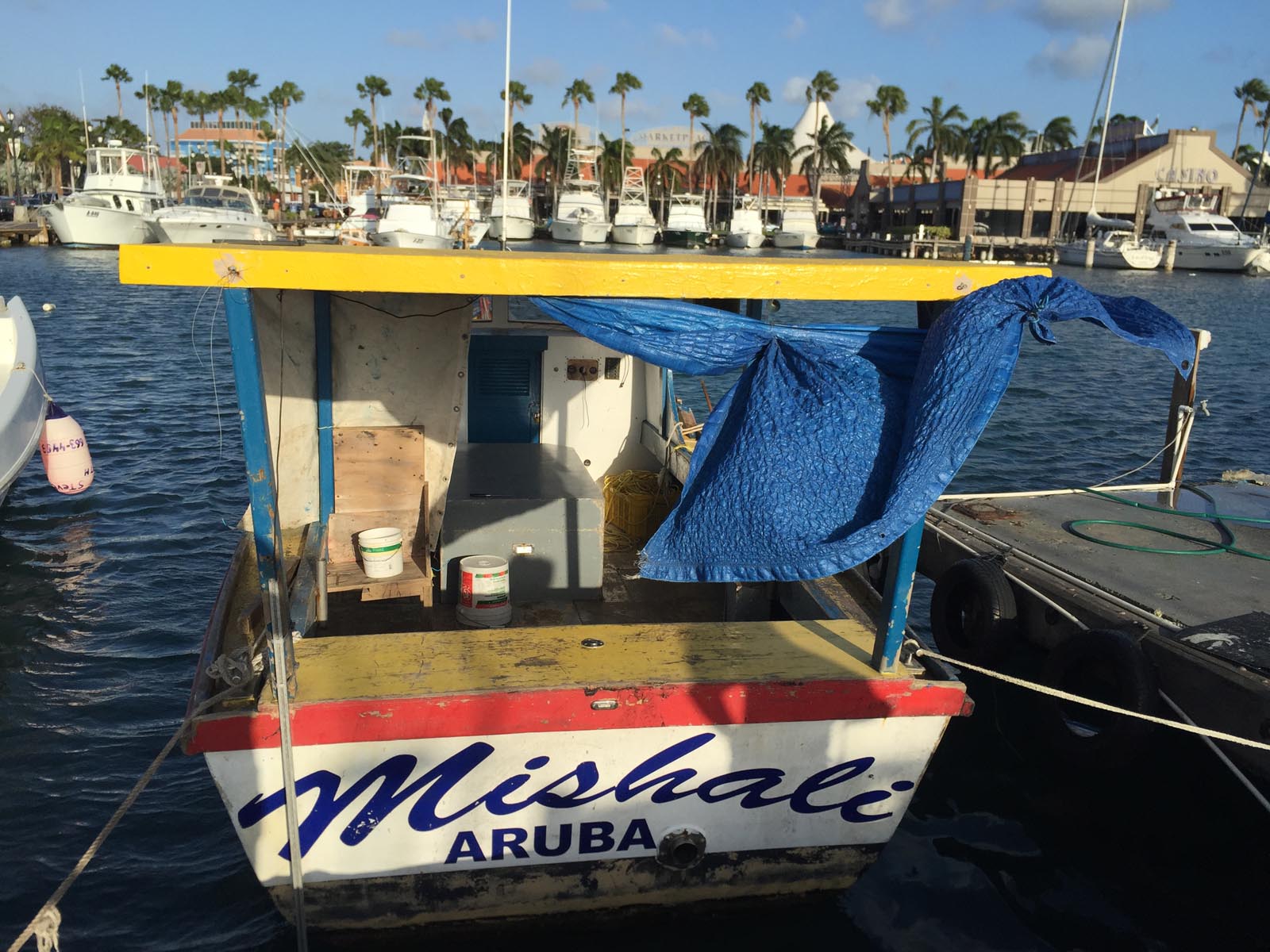
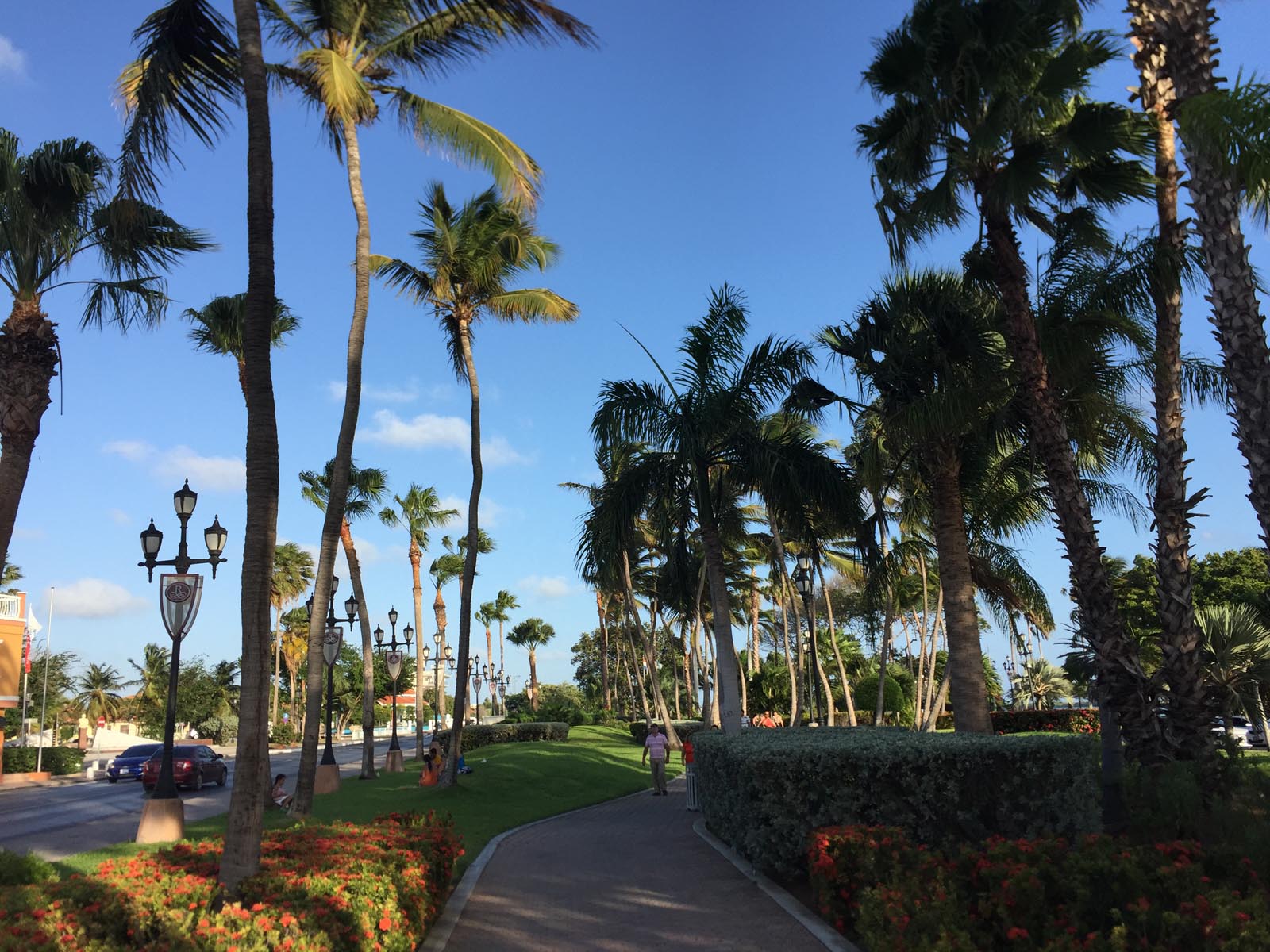
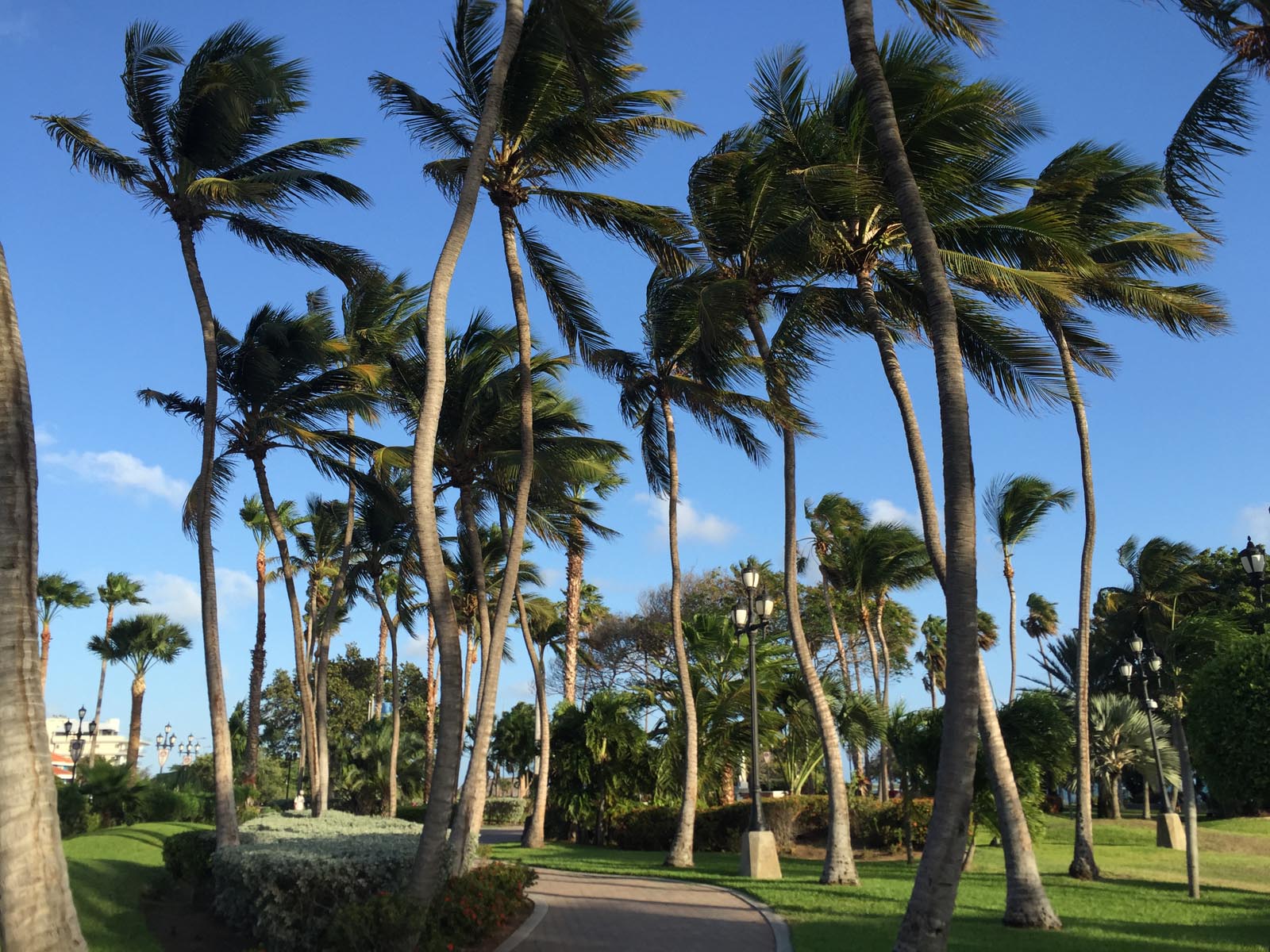
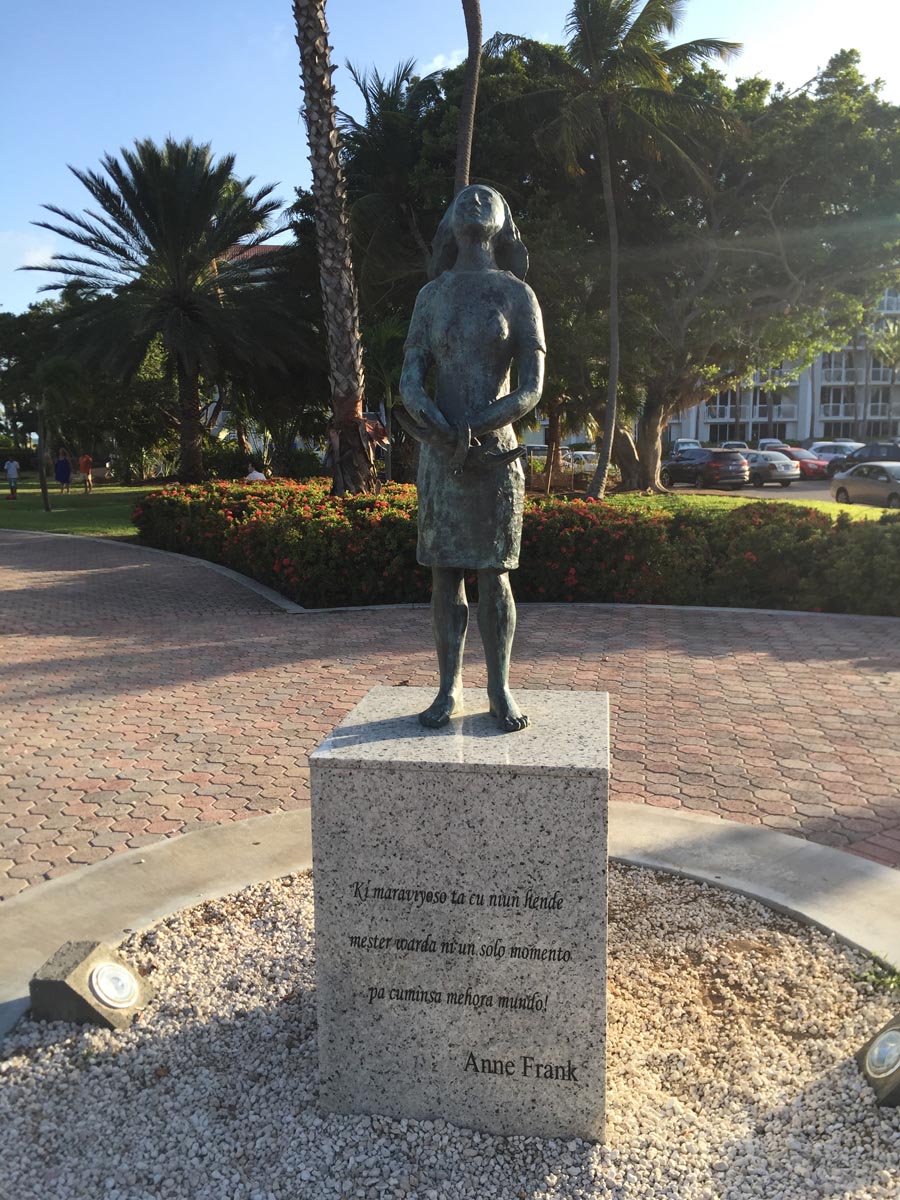
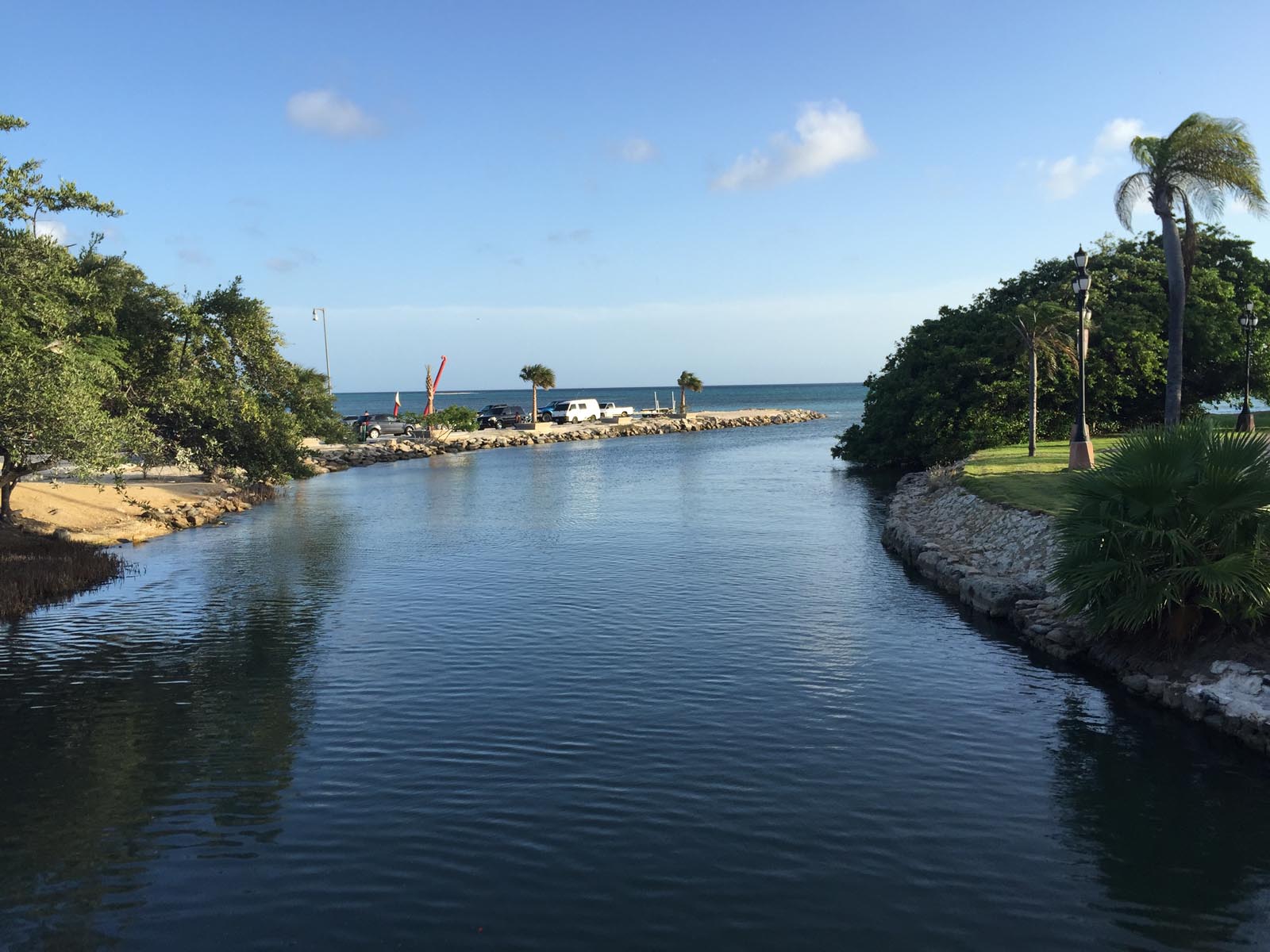
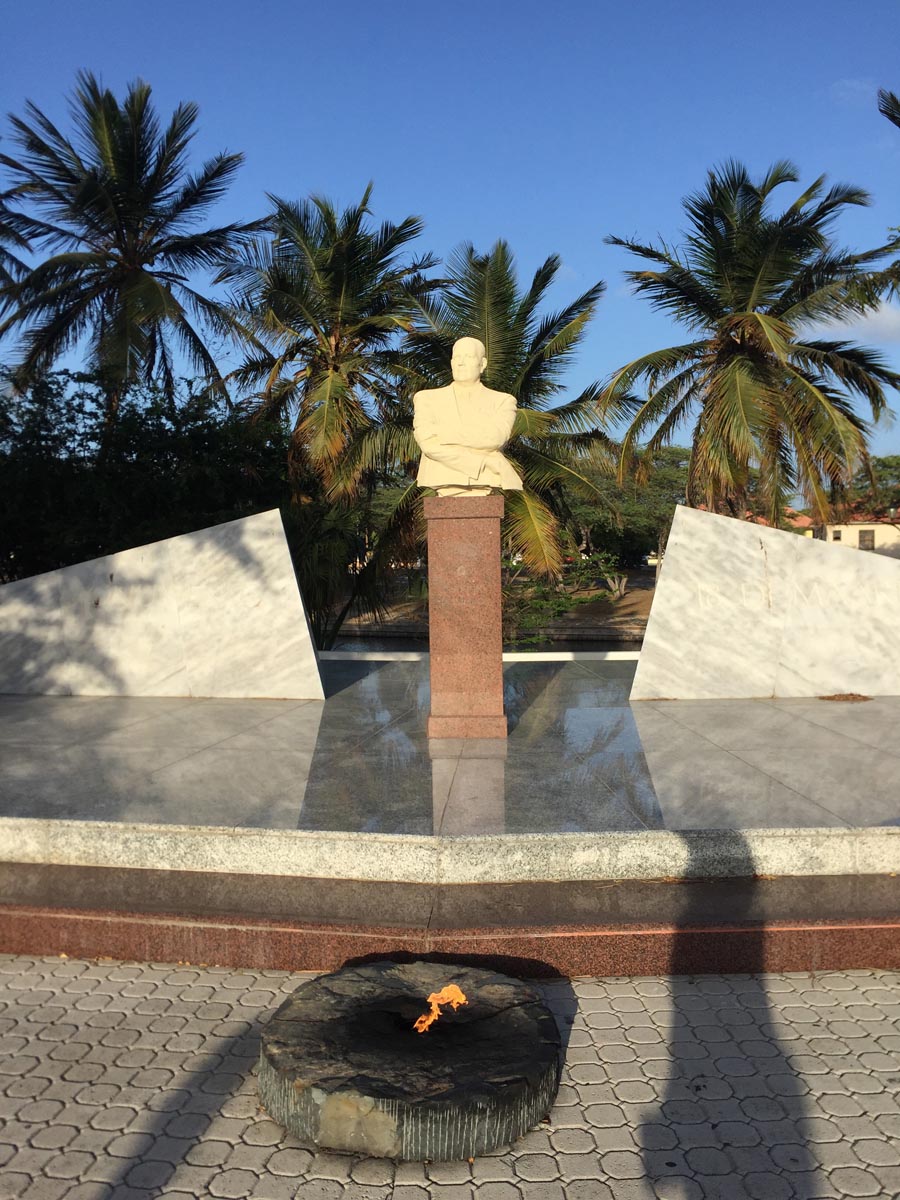
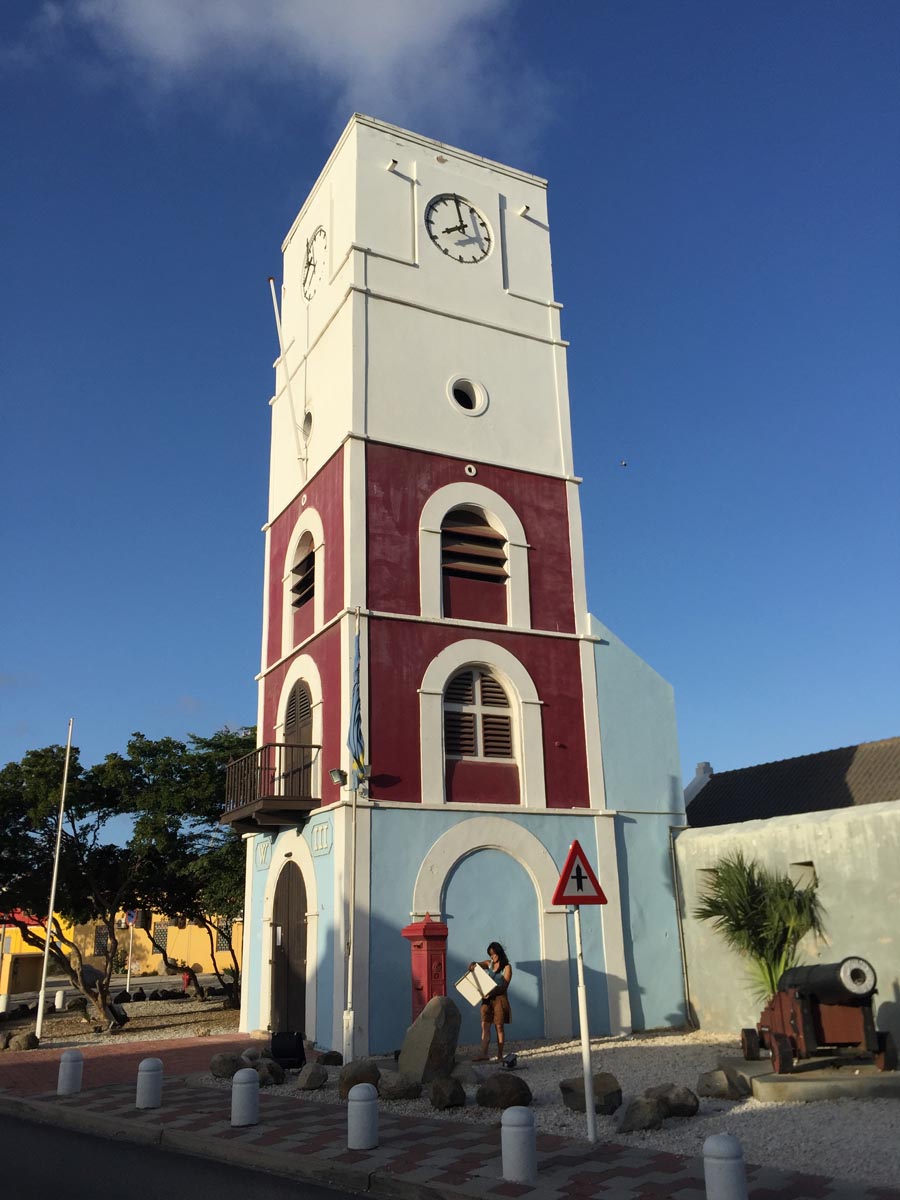
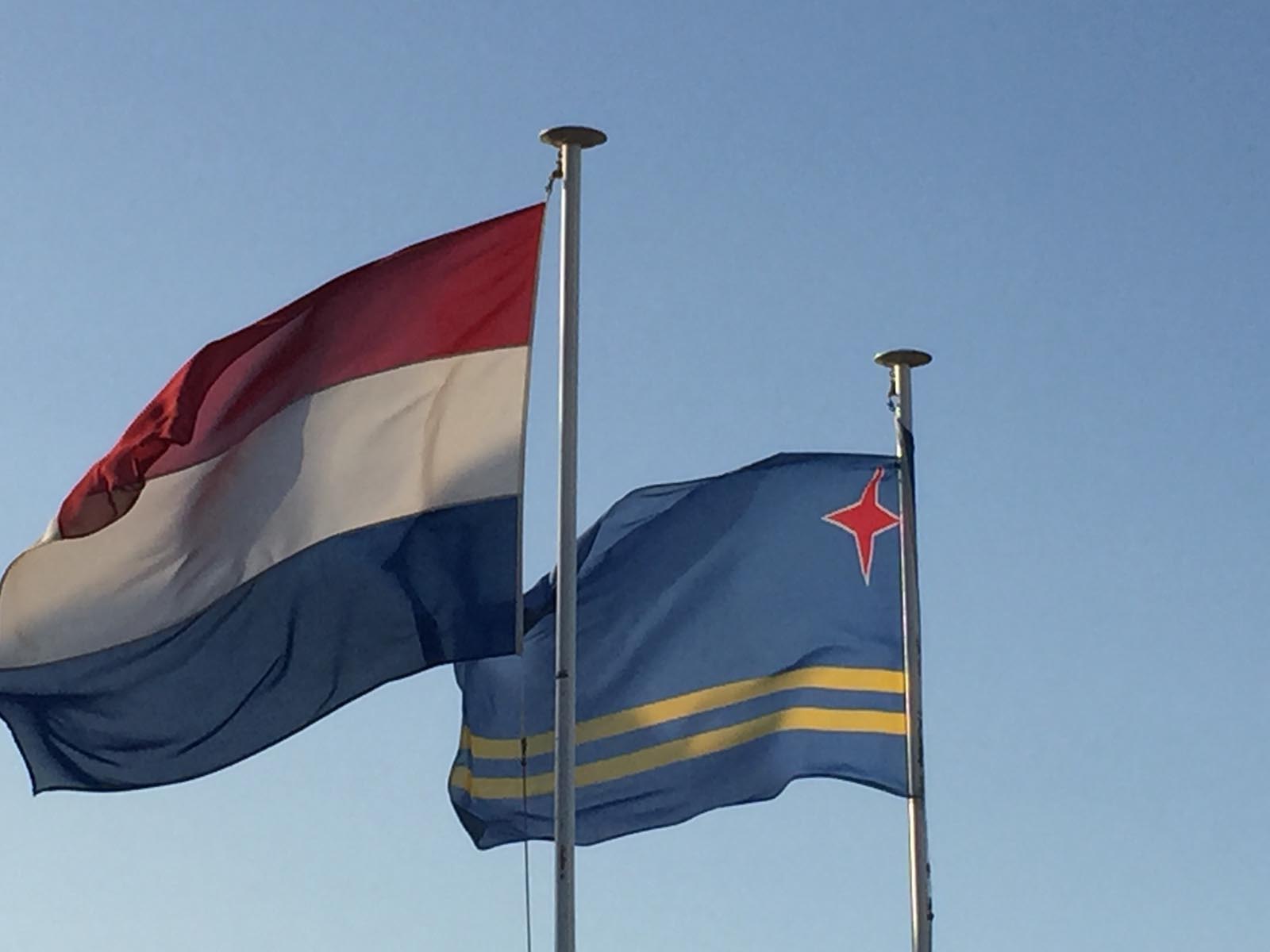
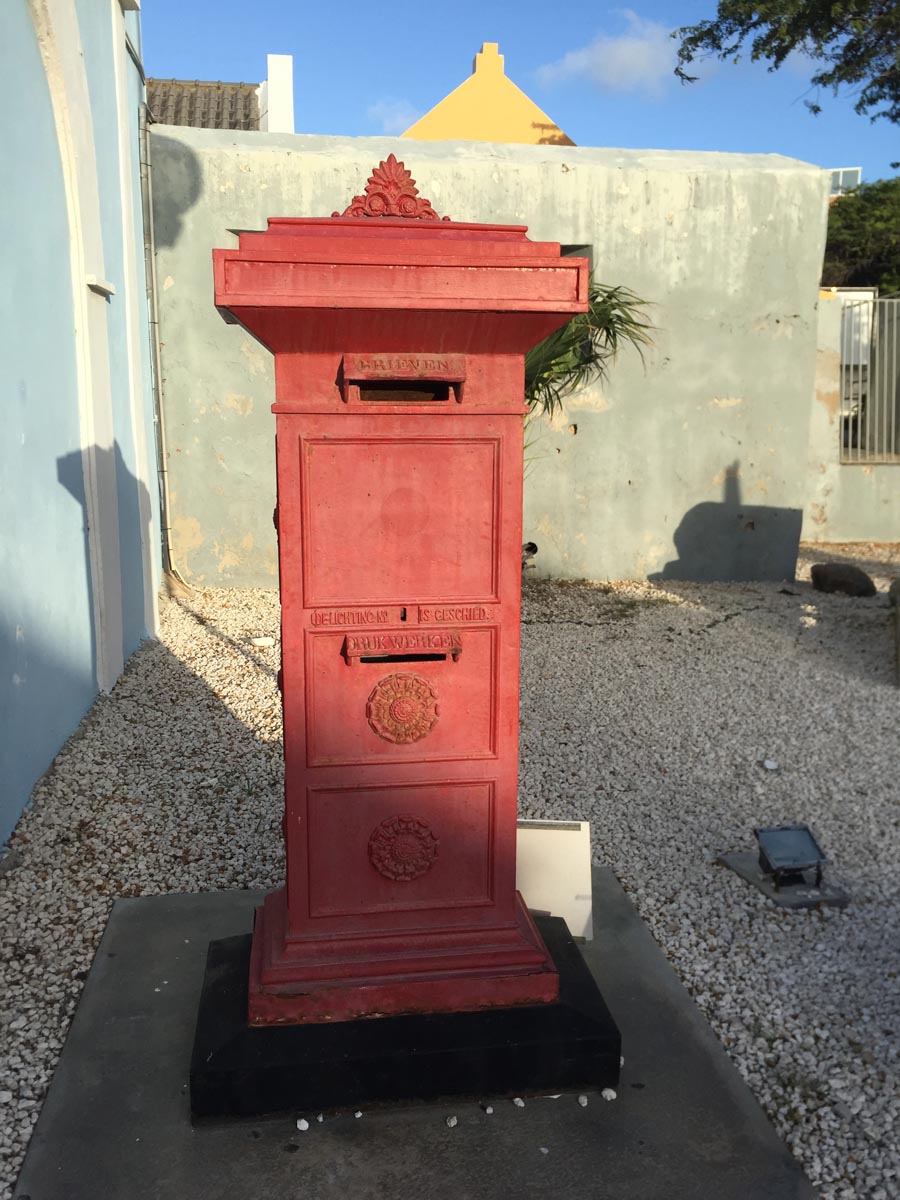
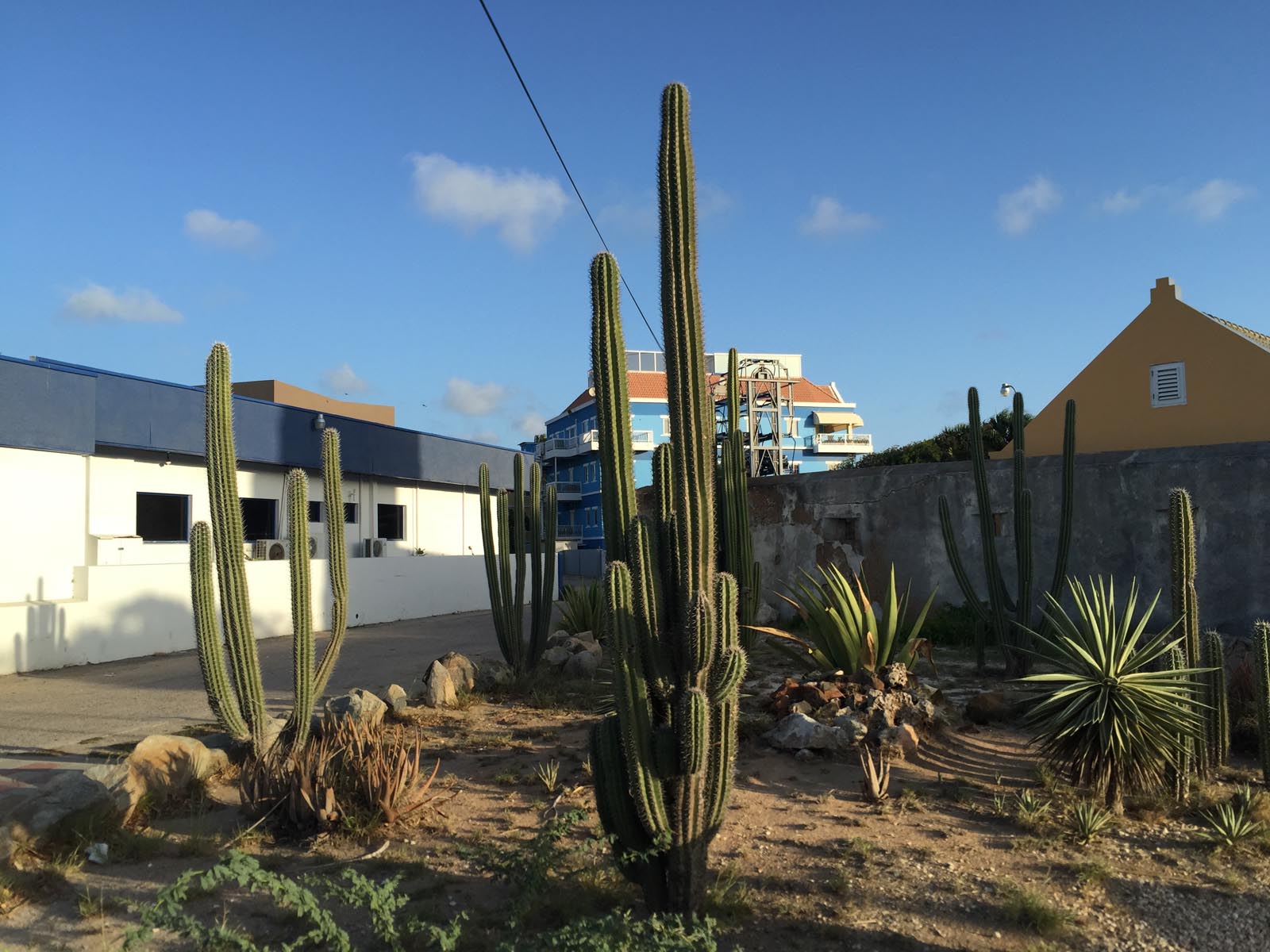
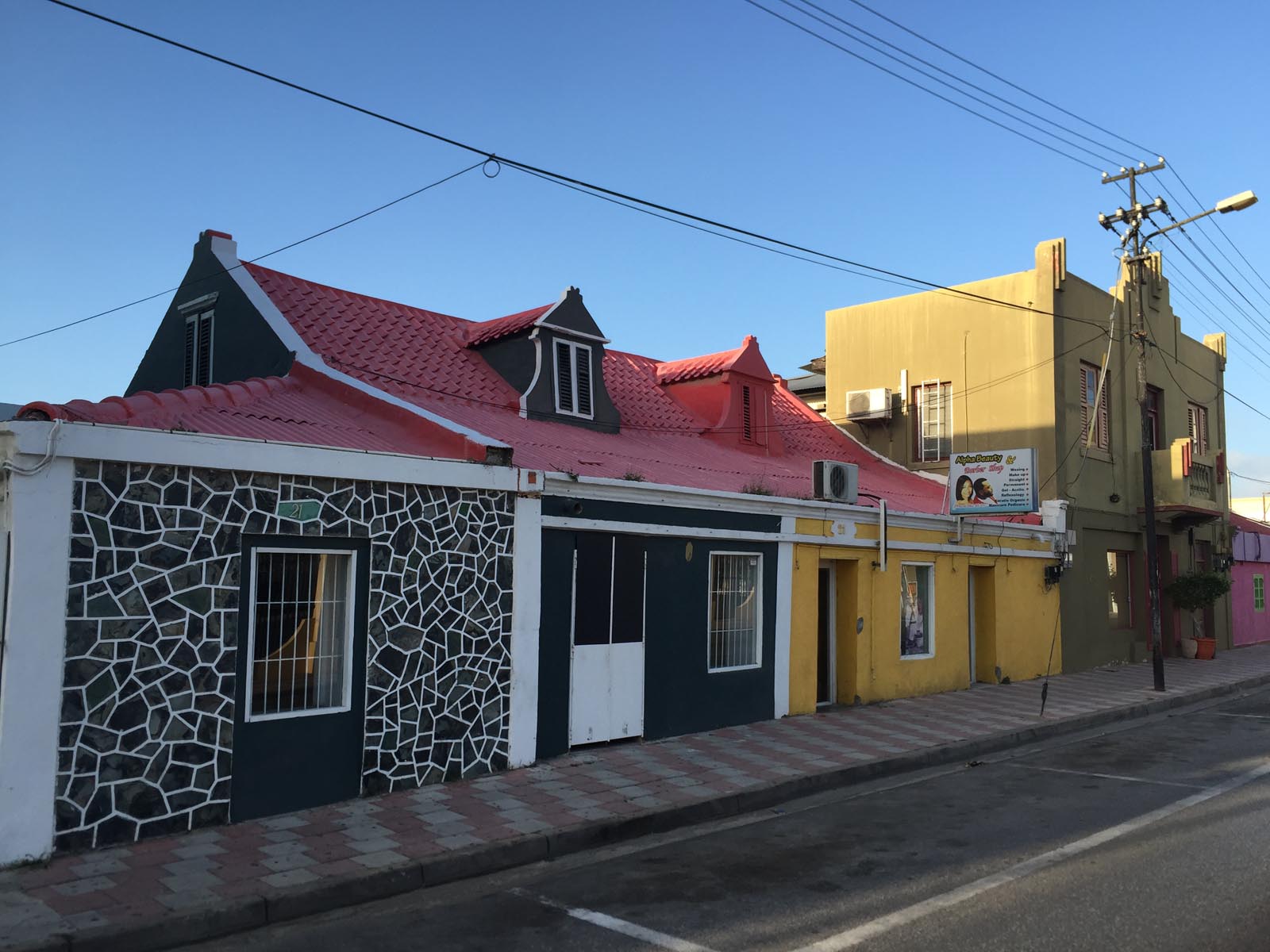
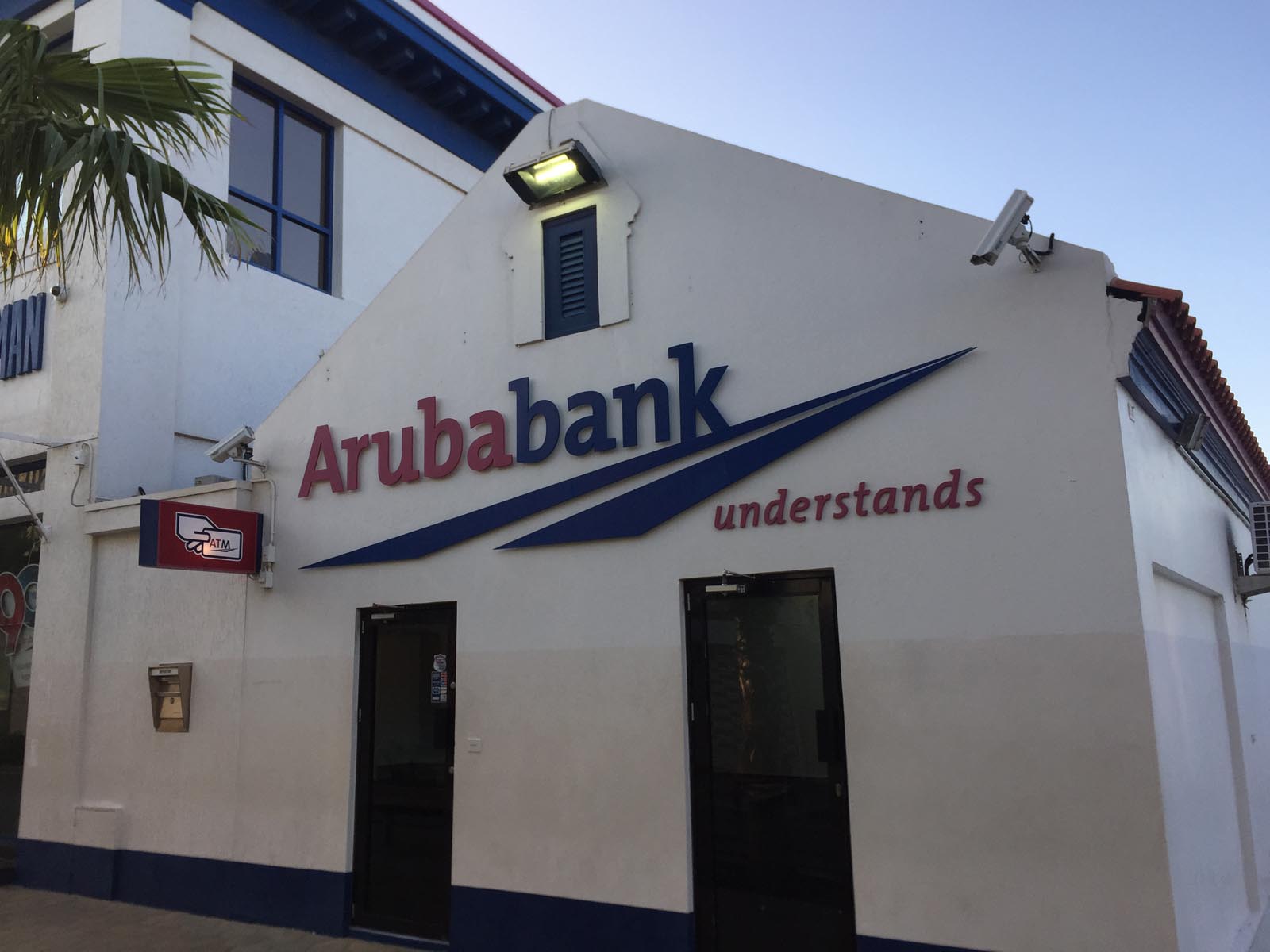
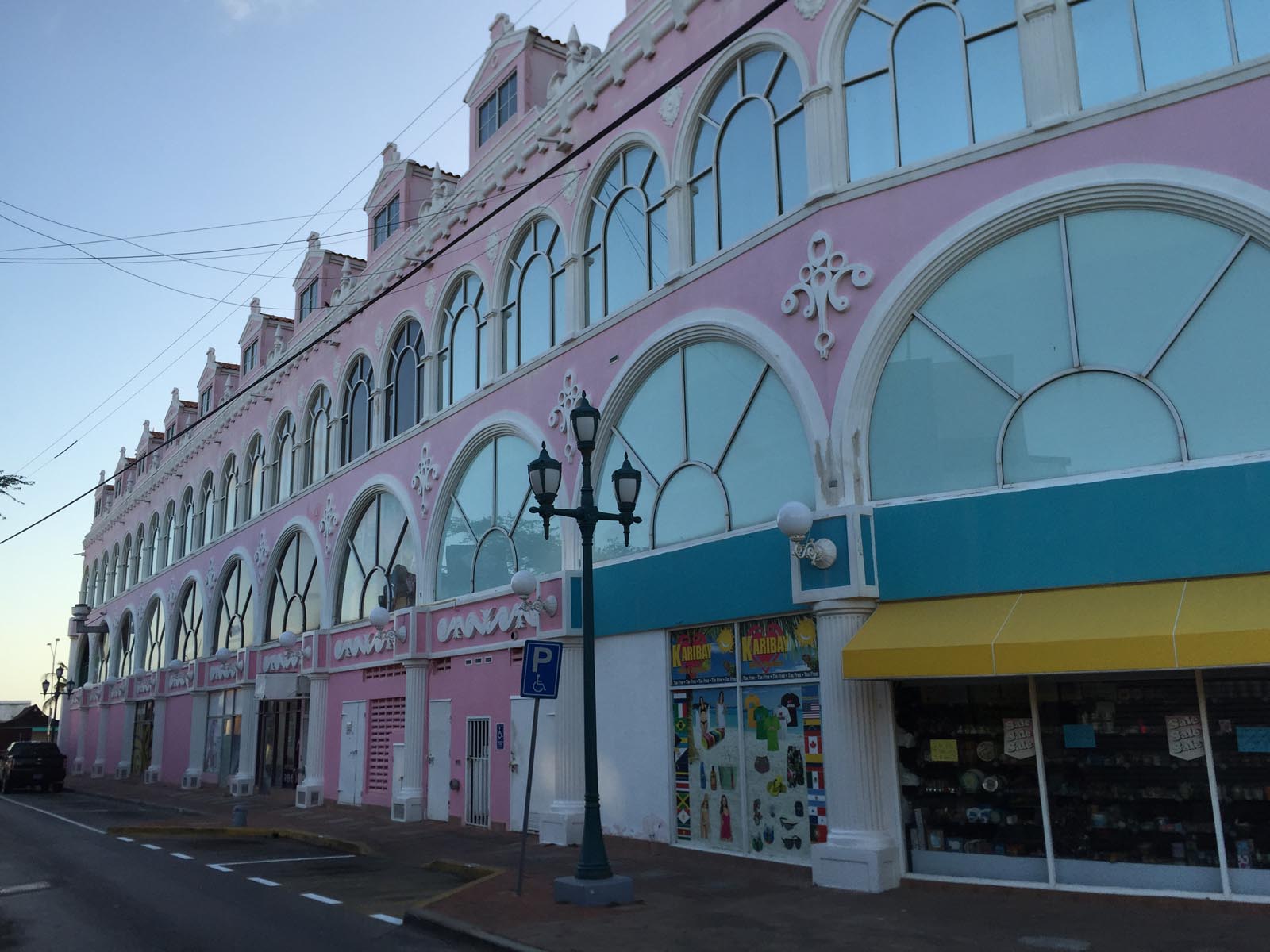
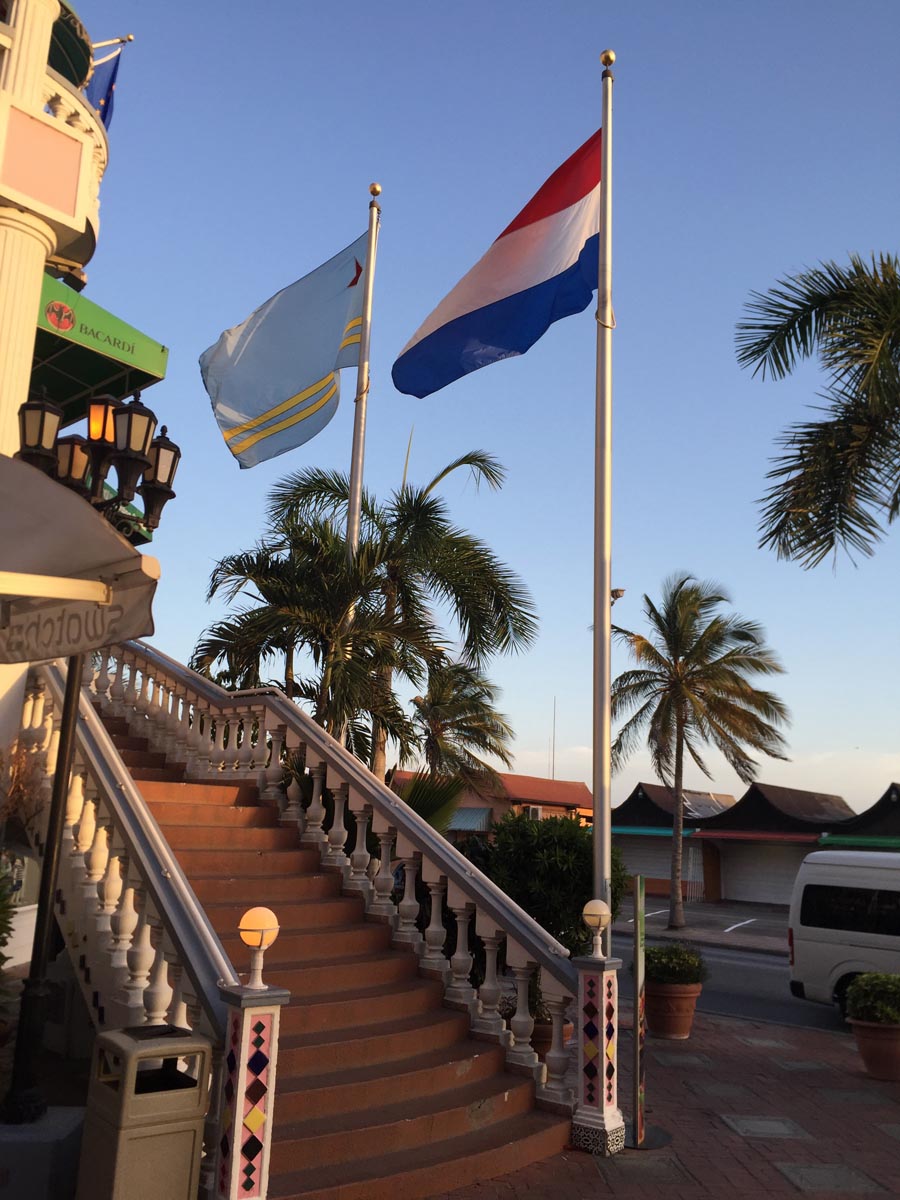
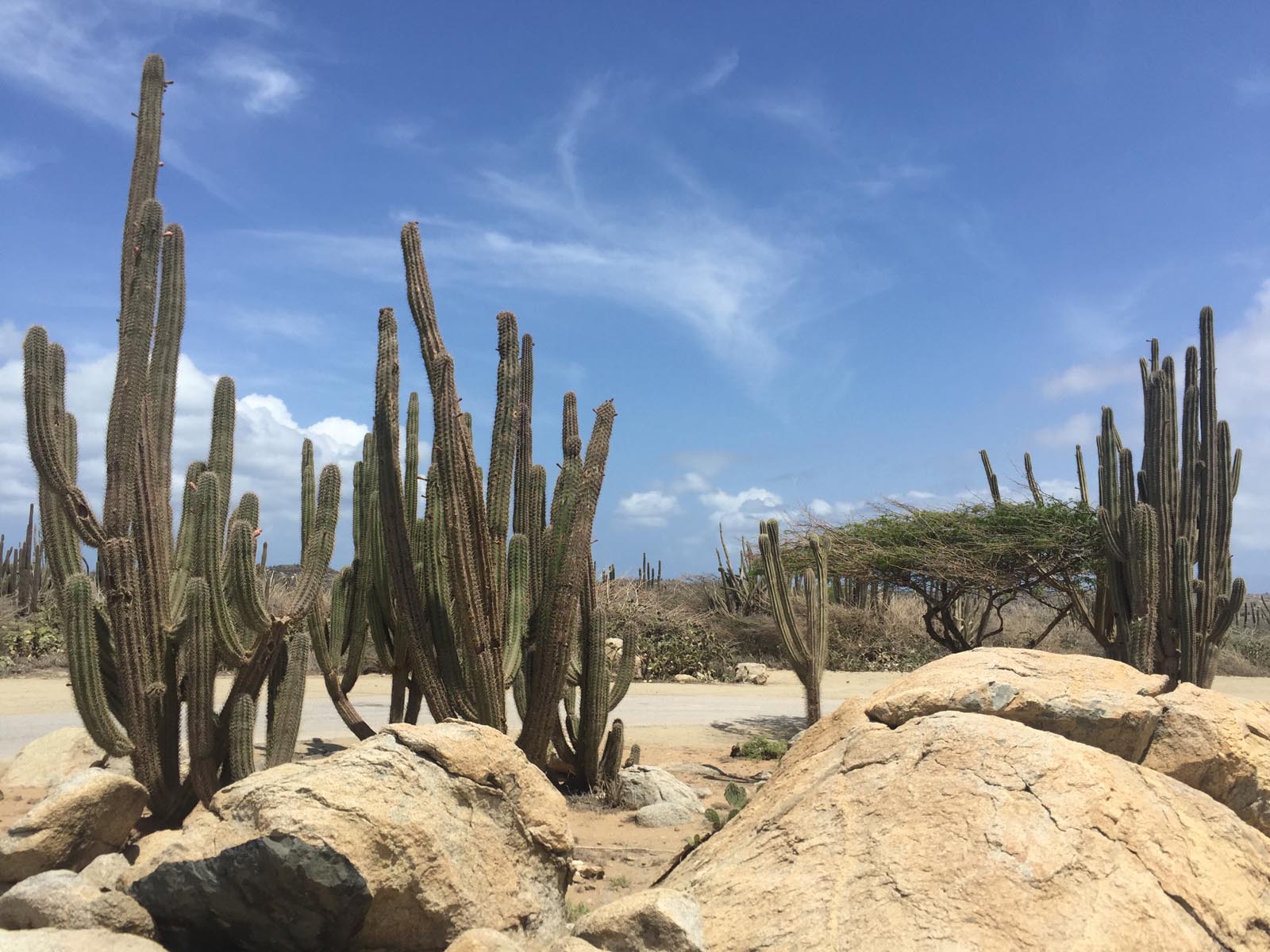
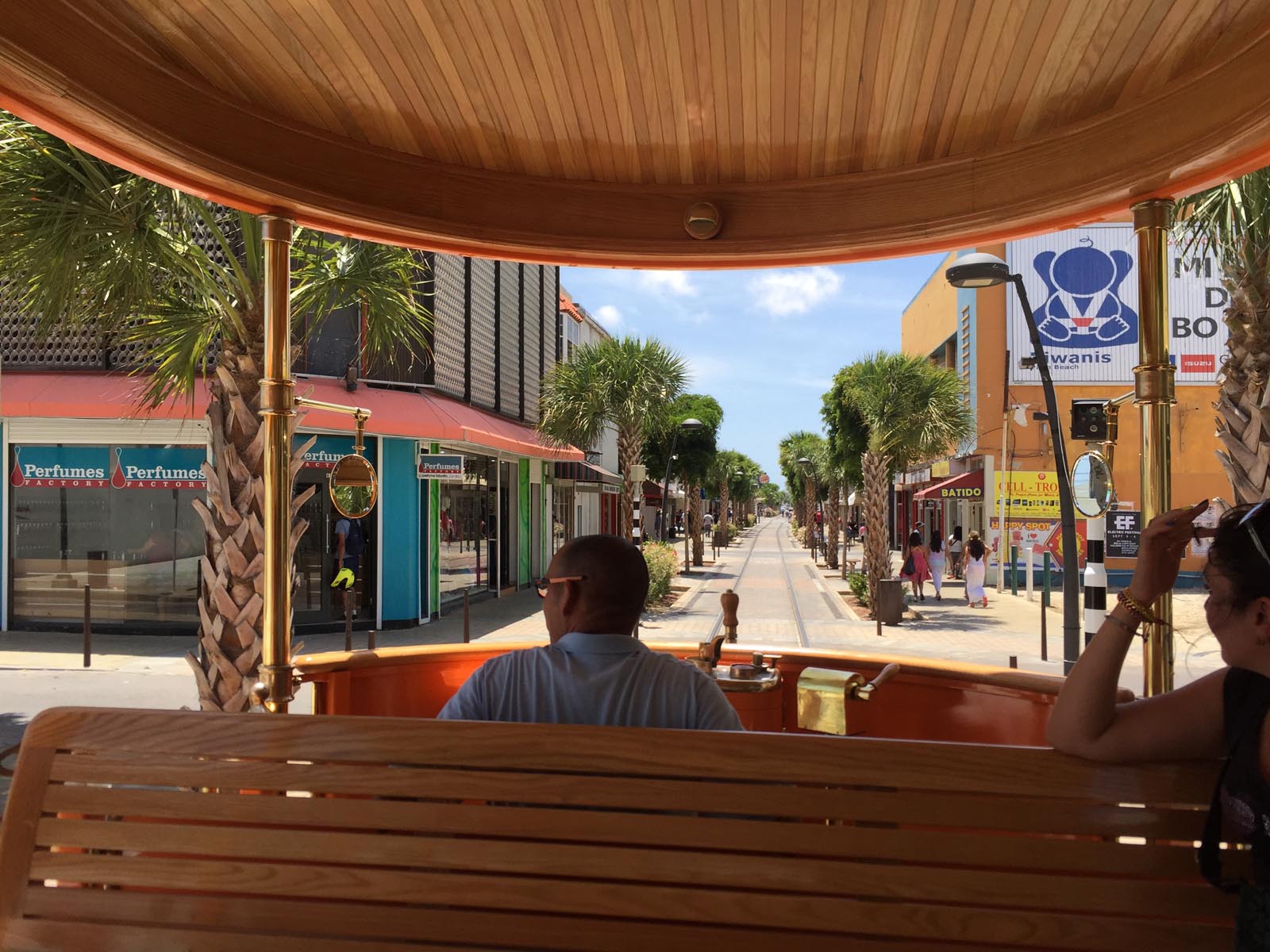
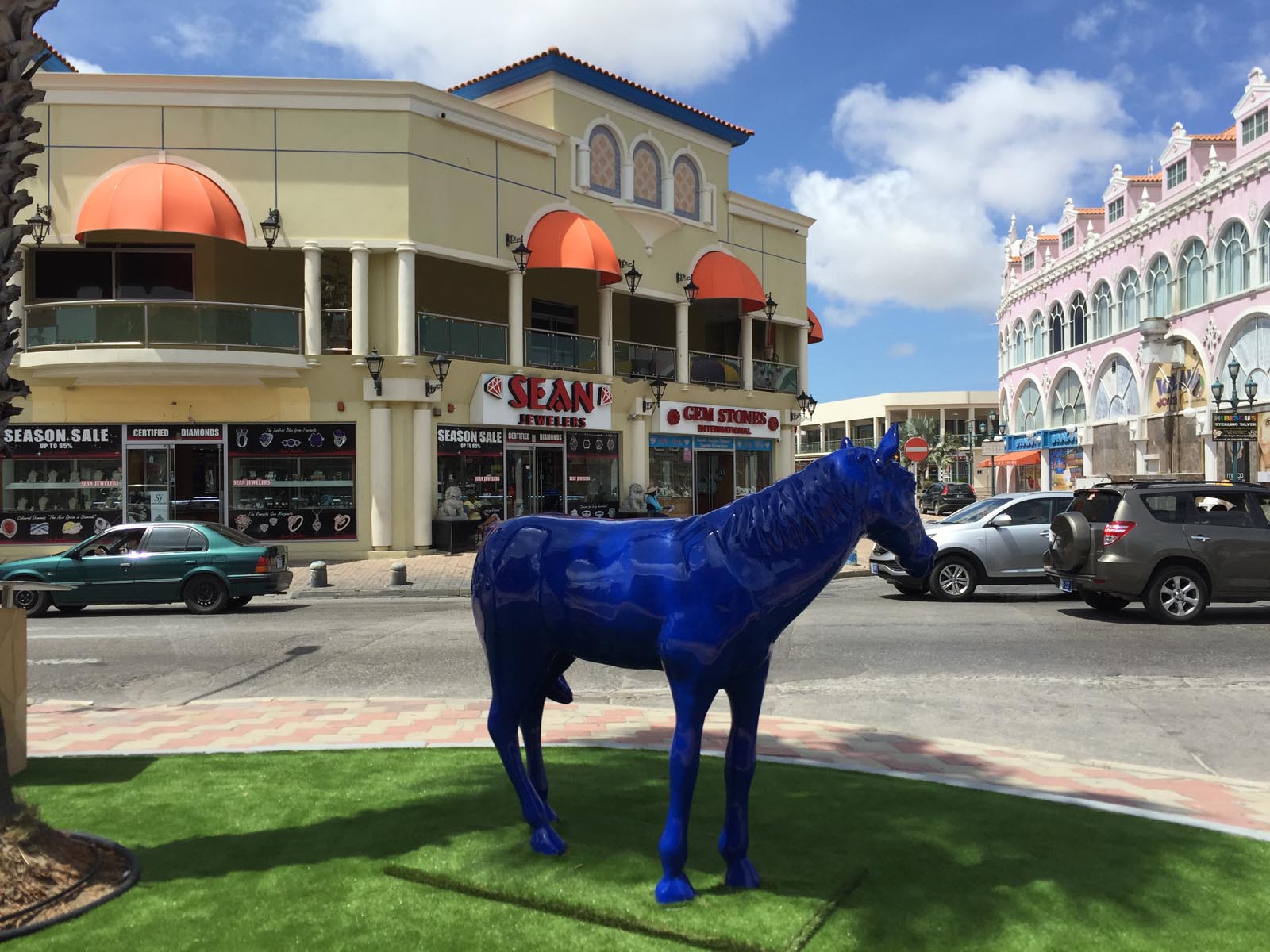
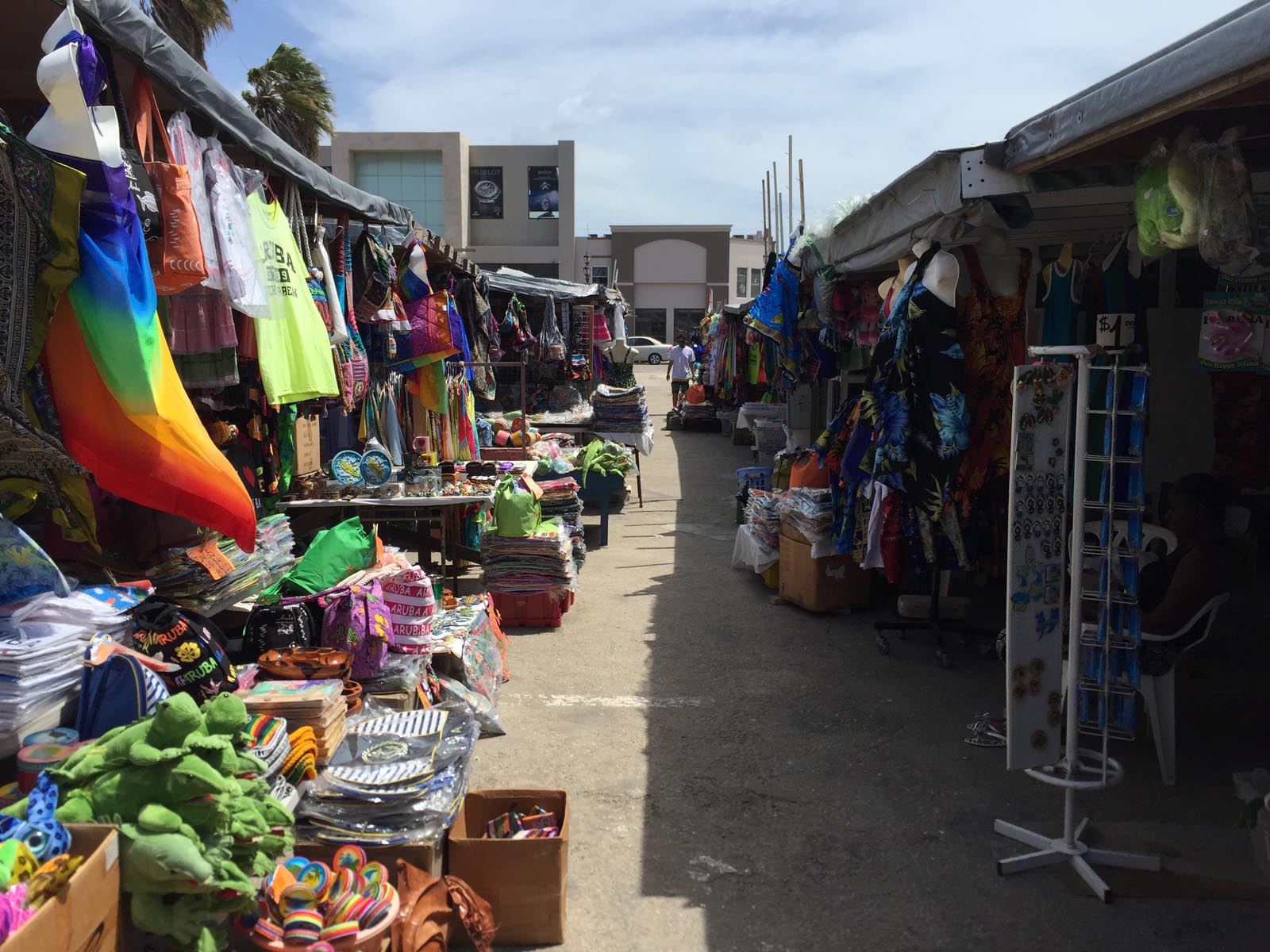
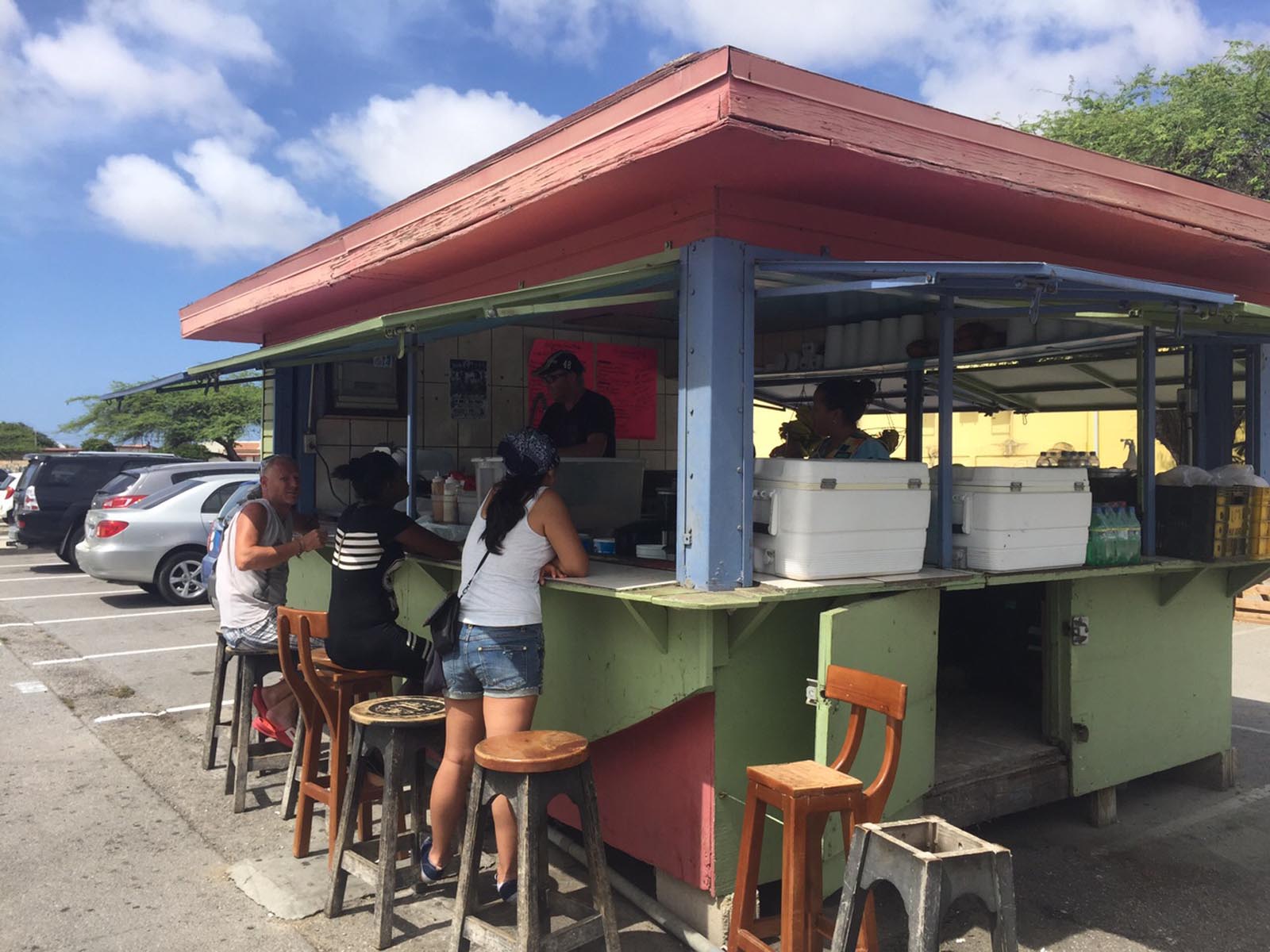
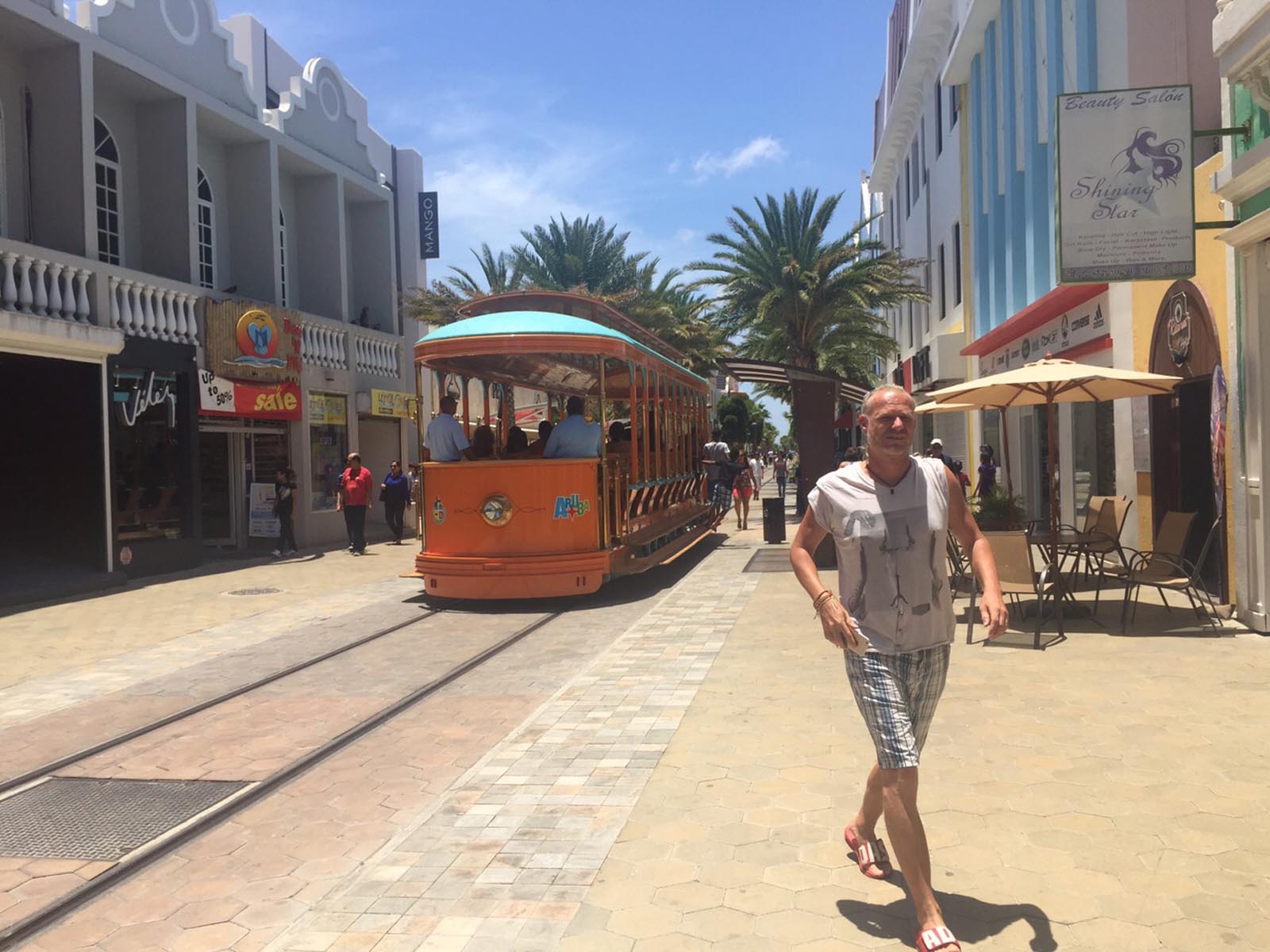
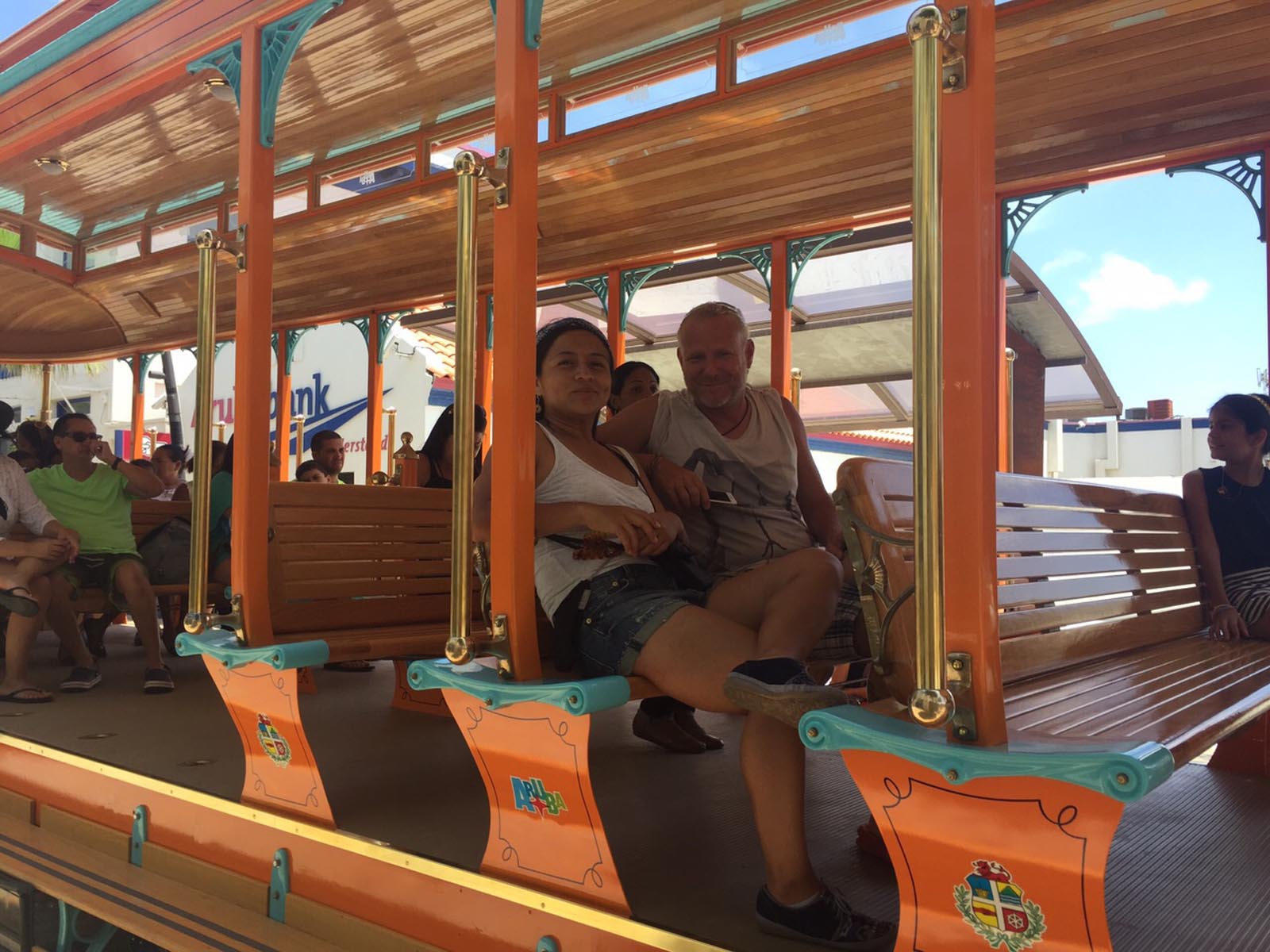
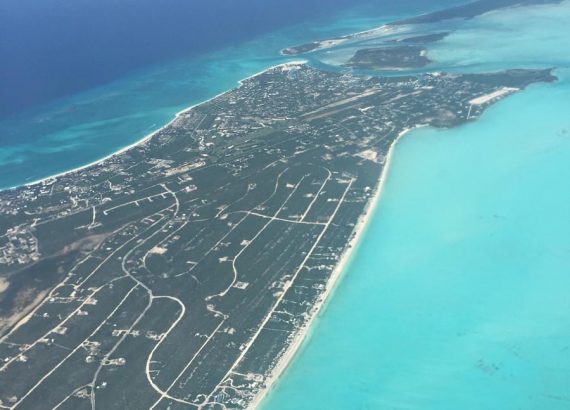
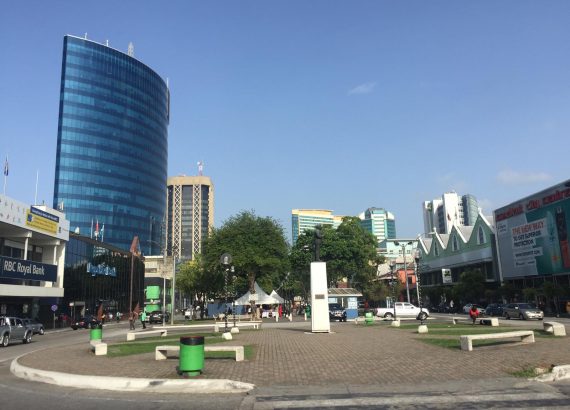
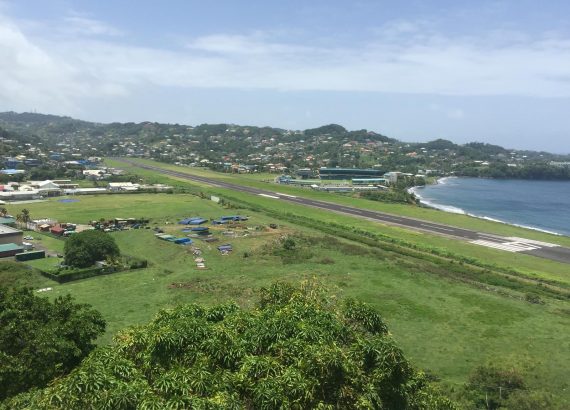
No Comments